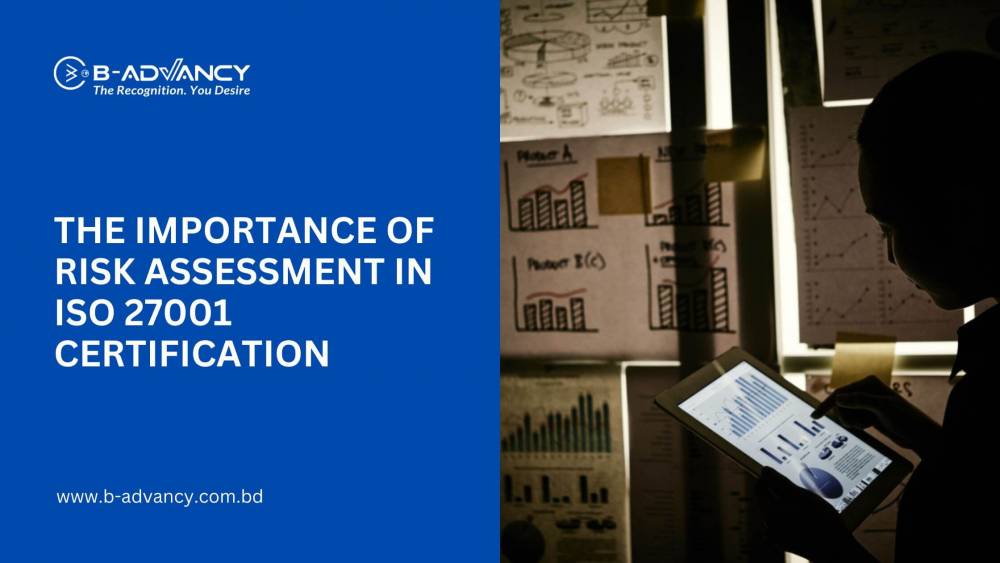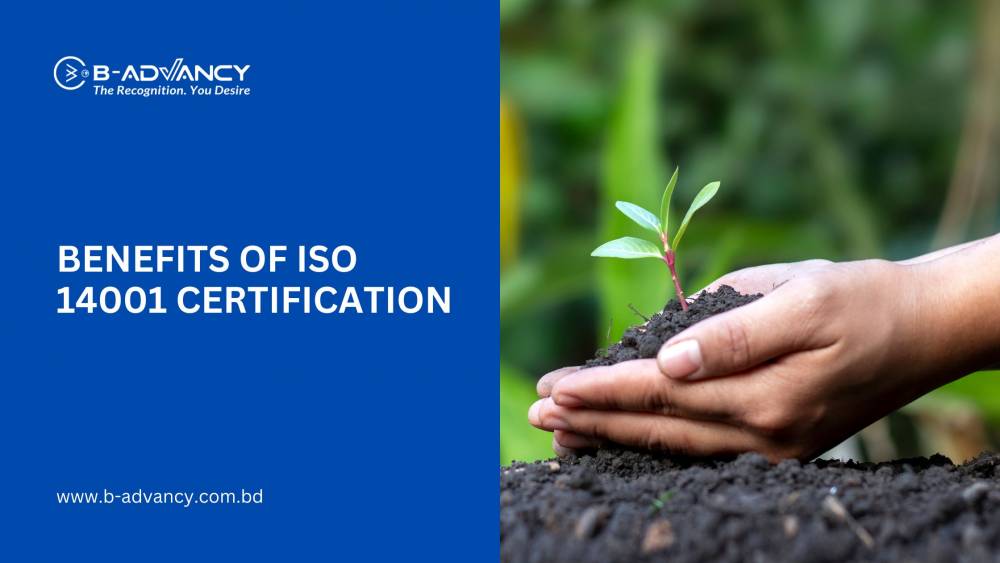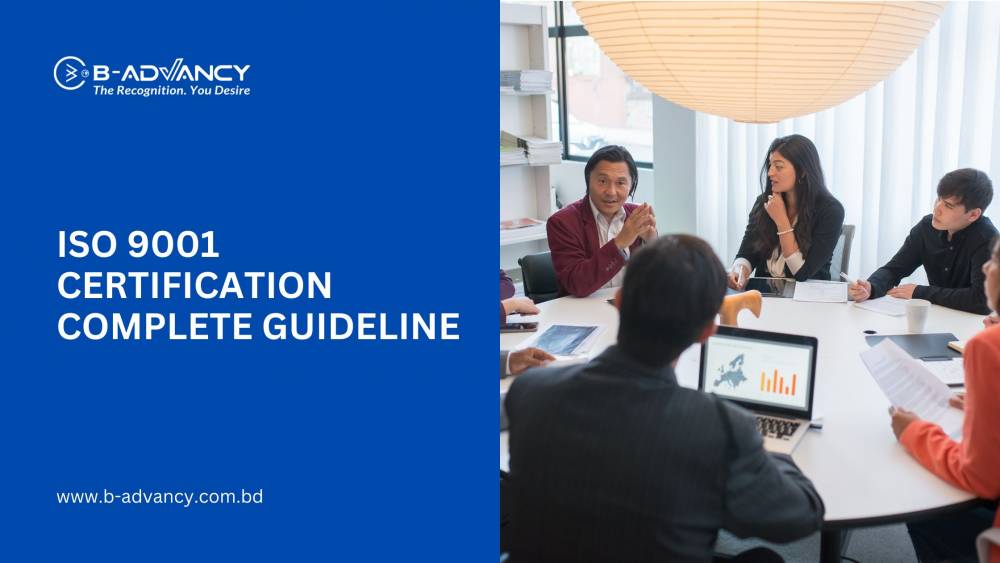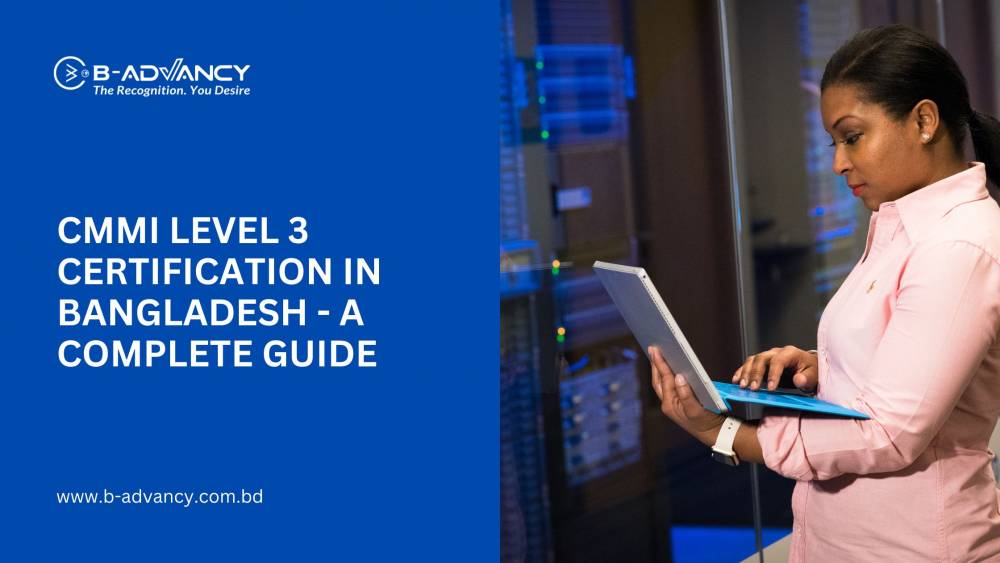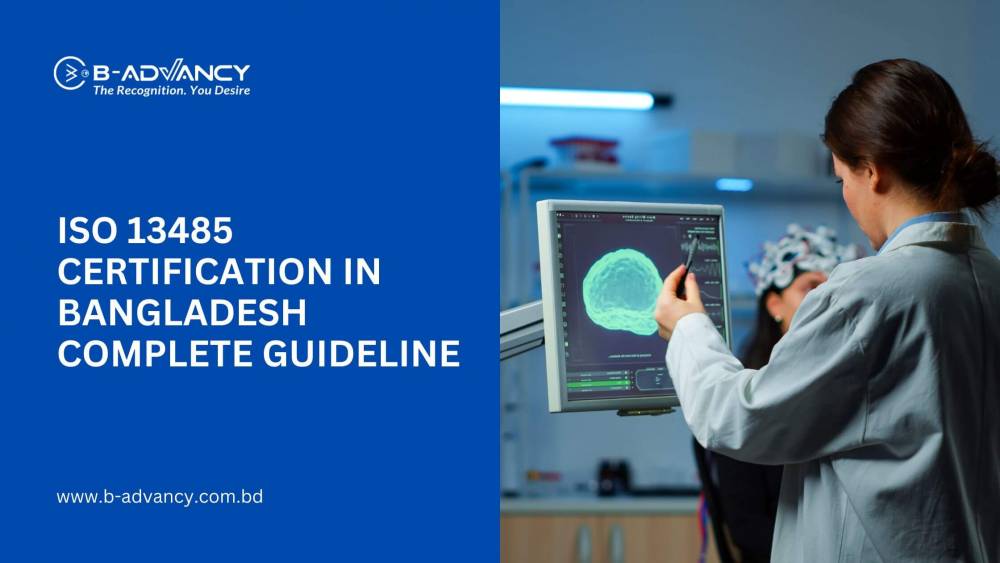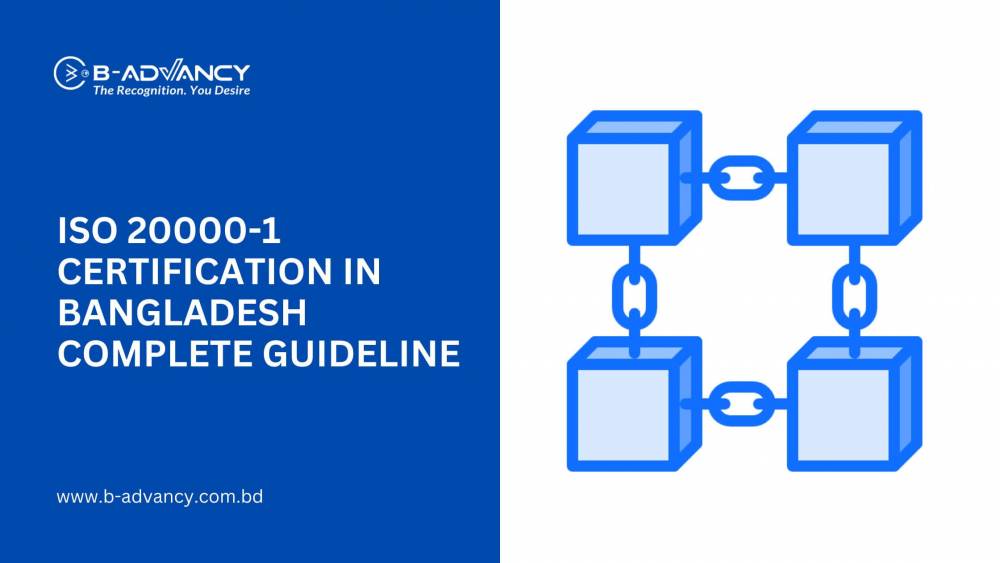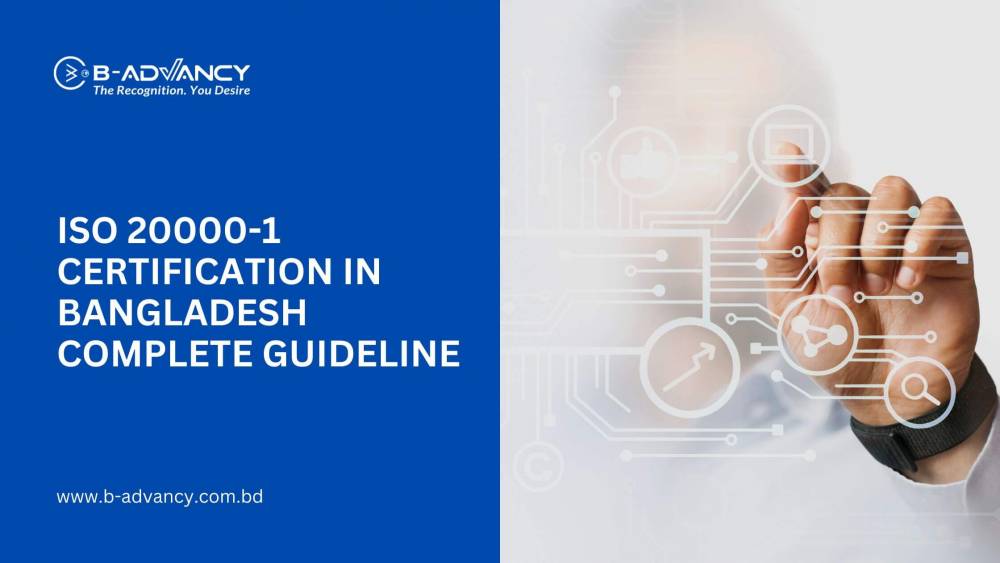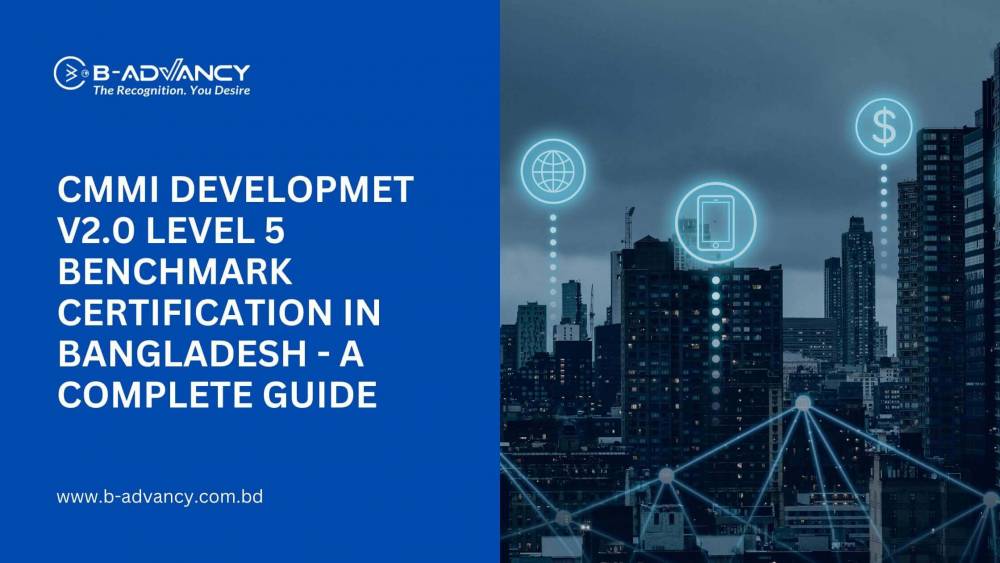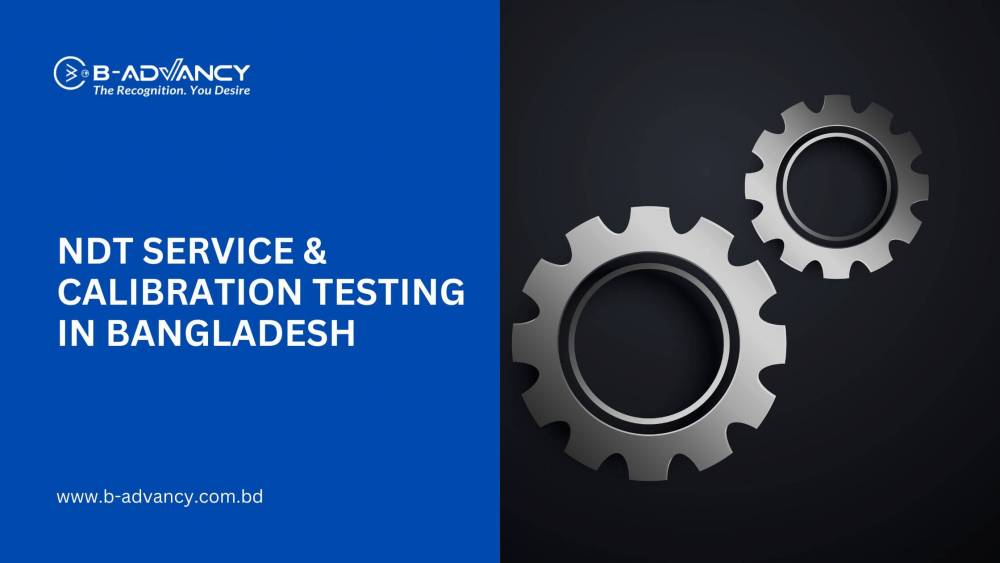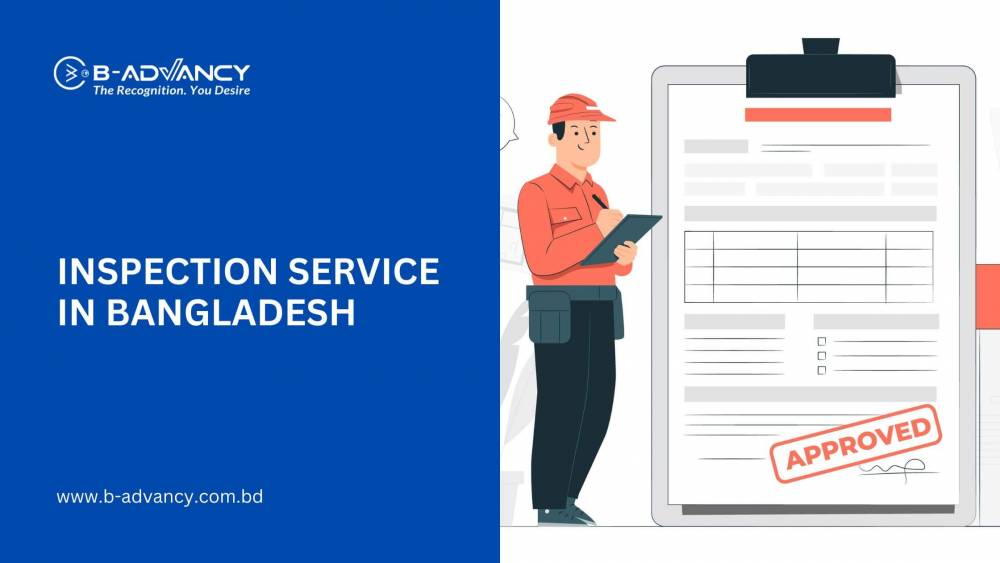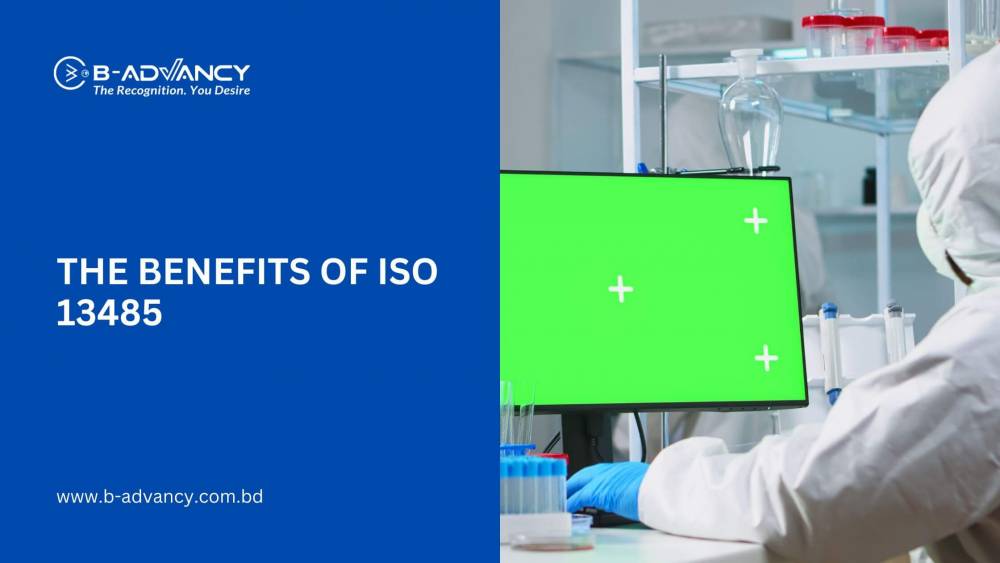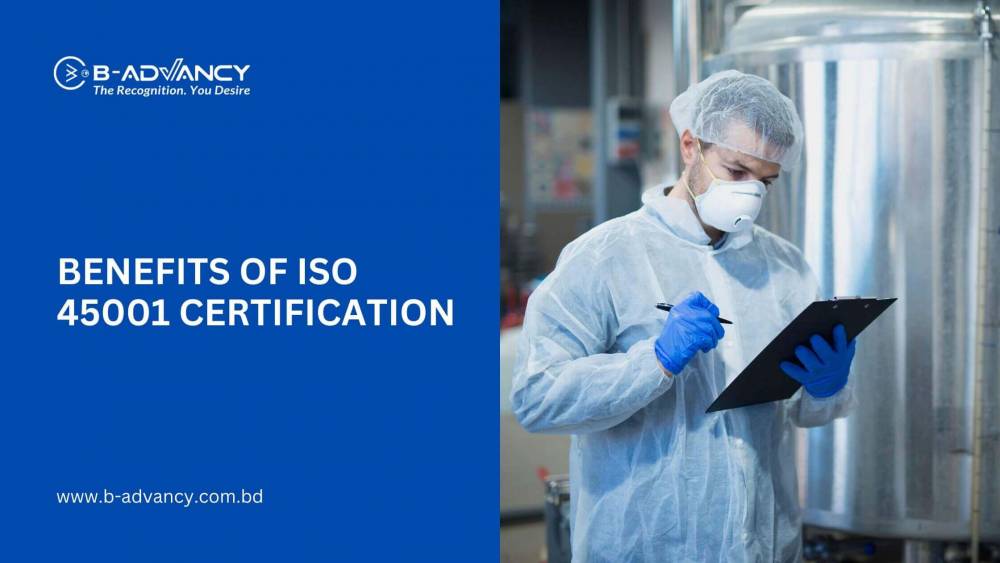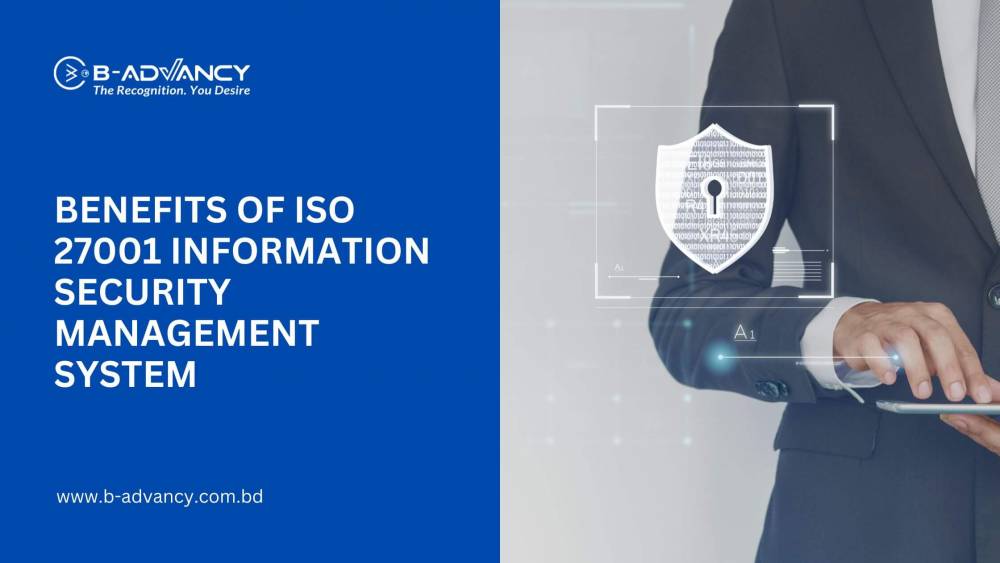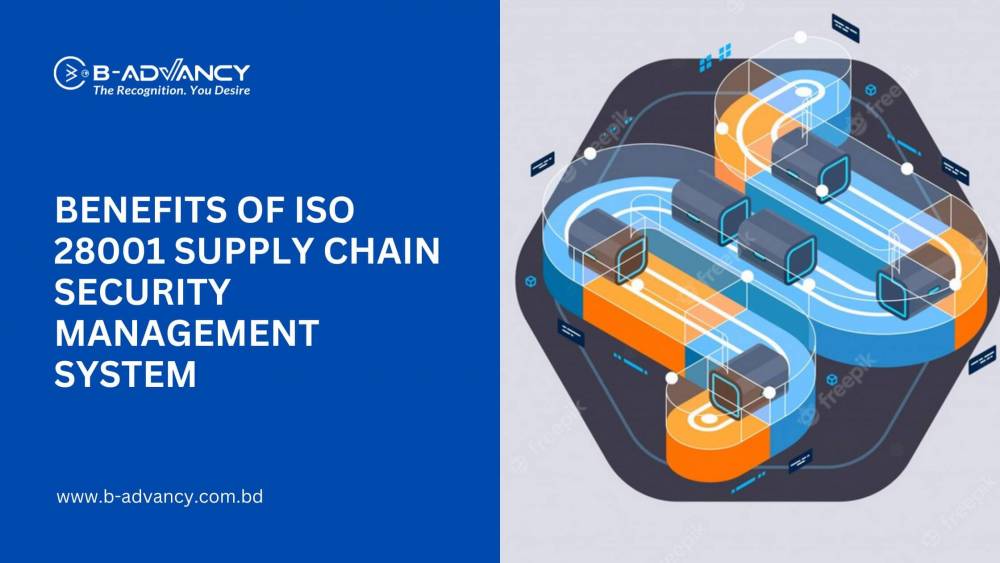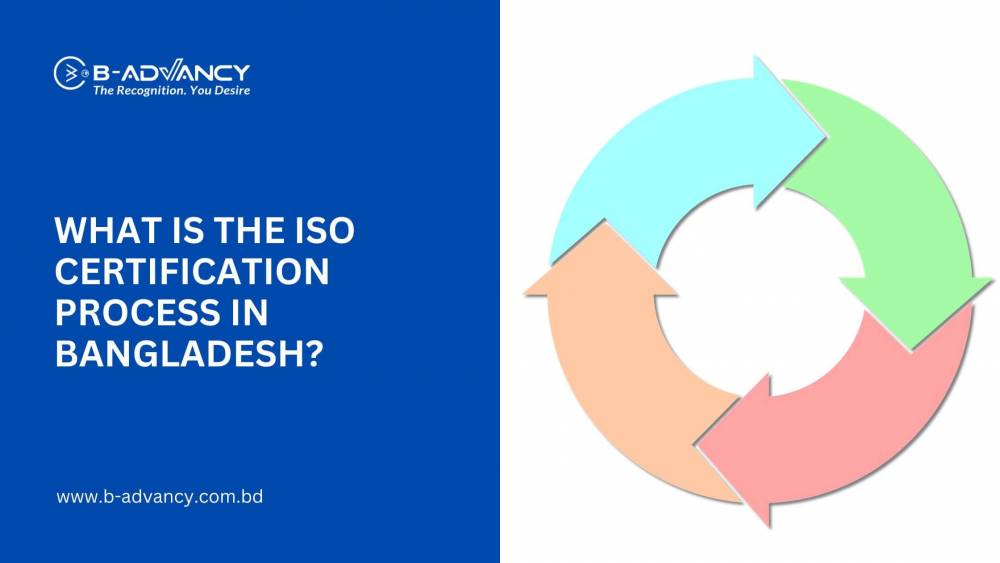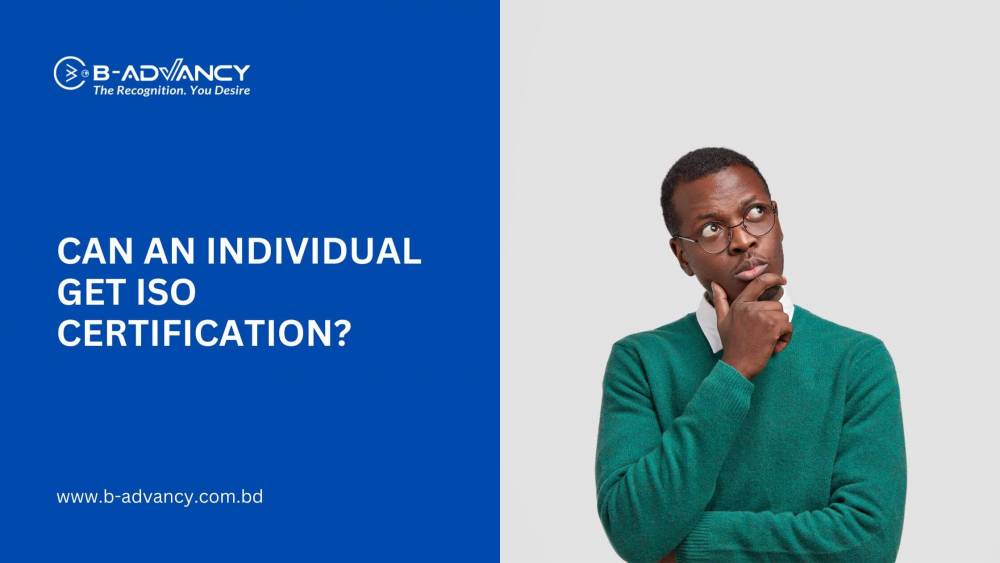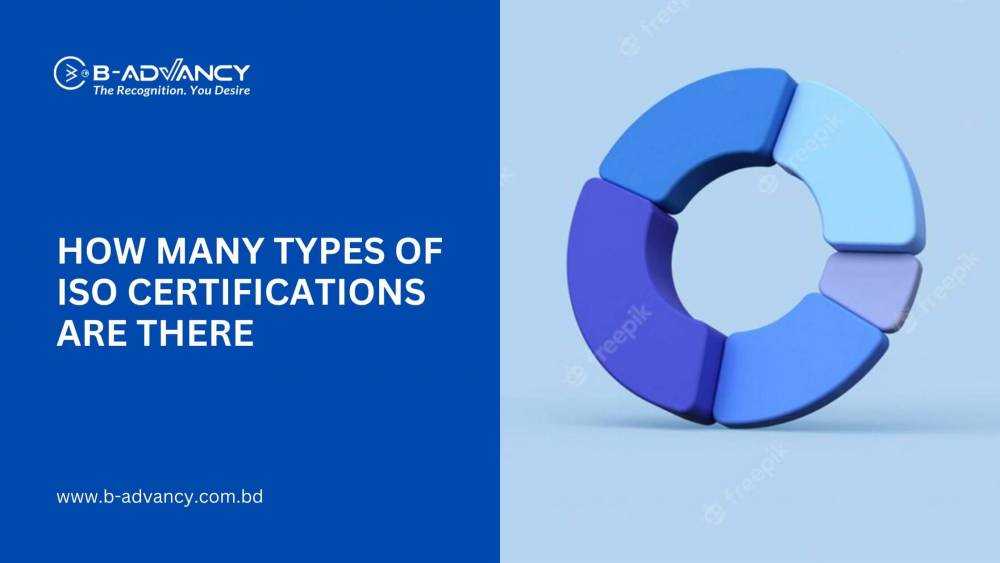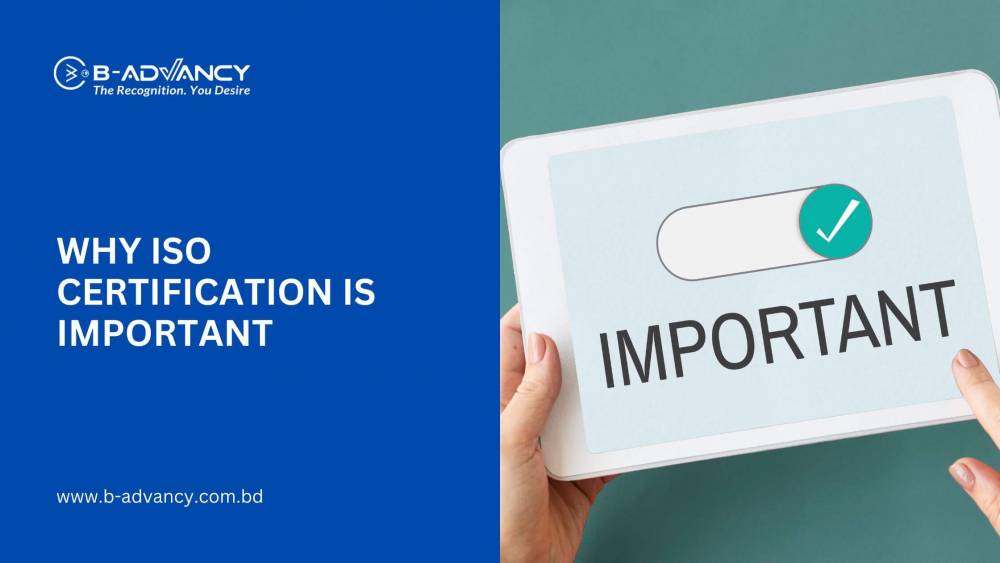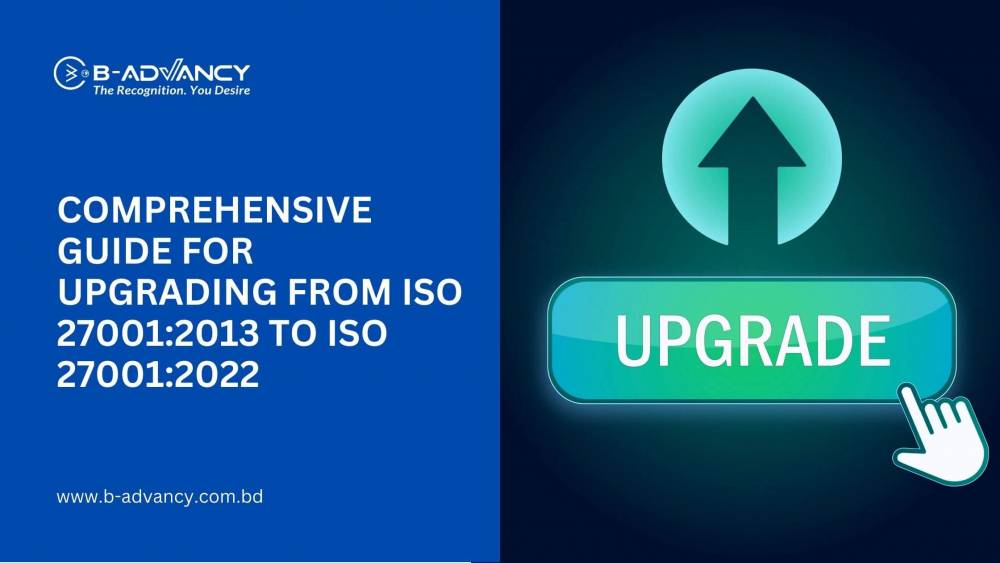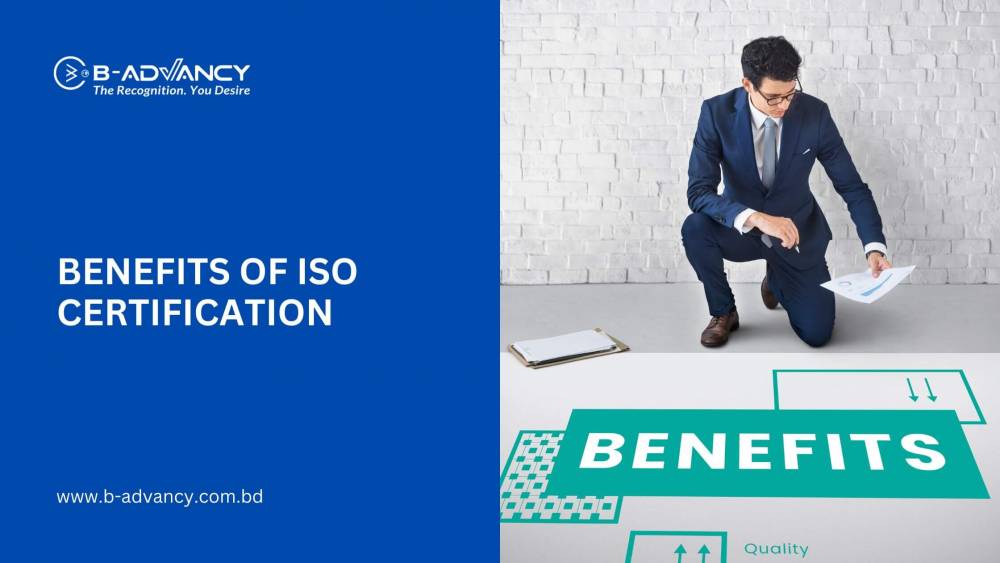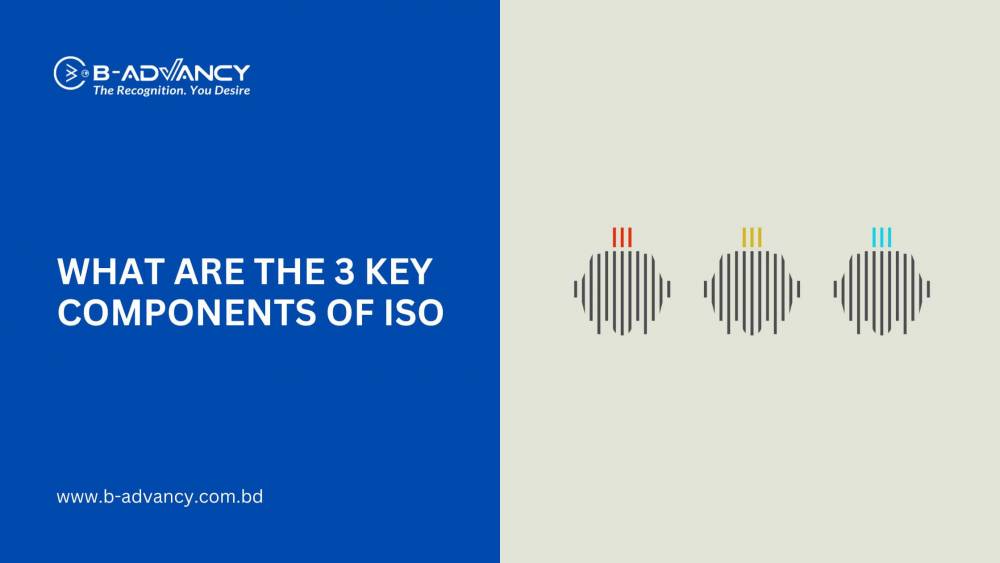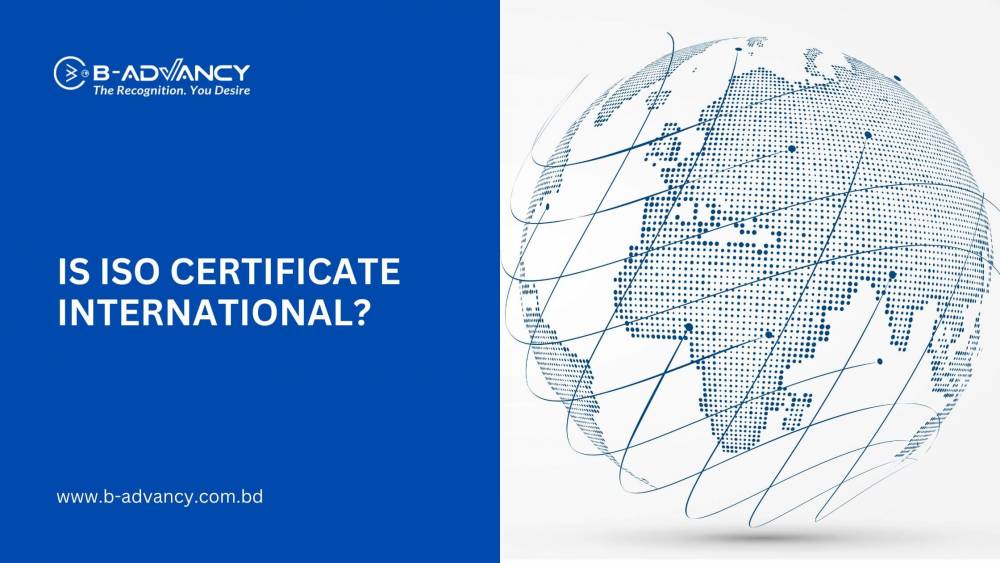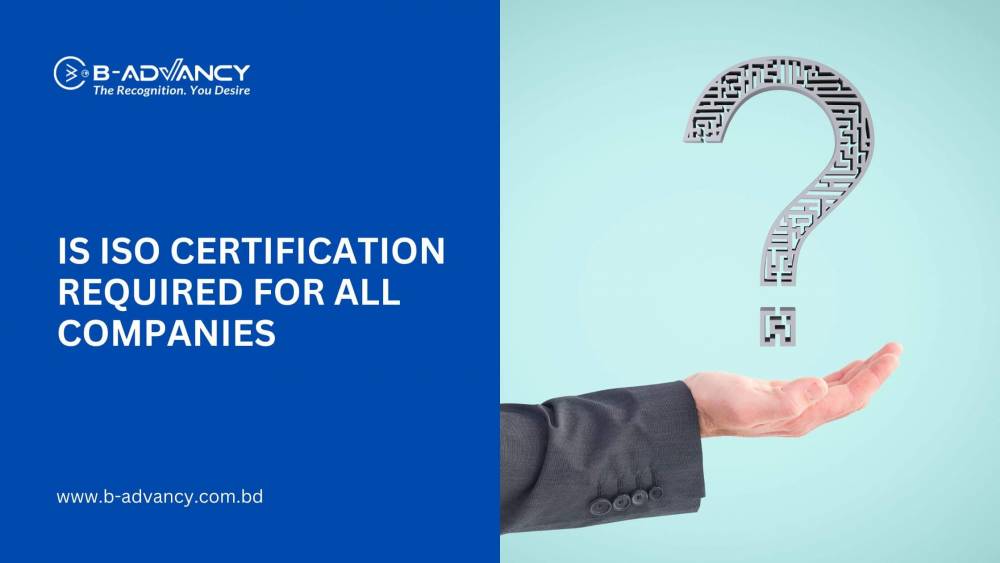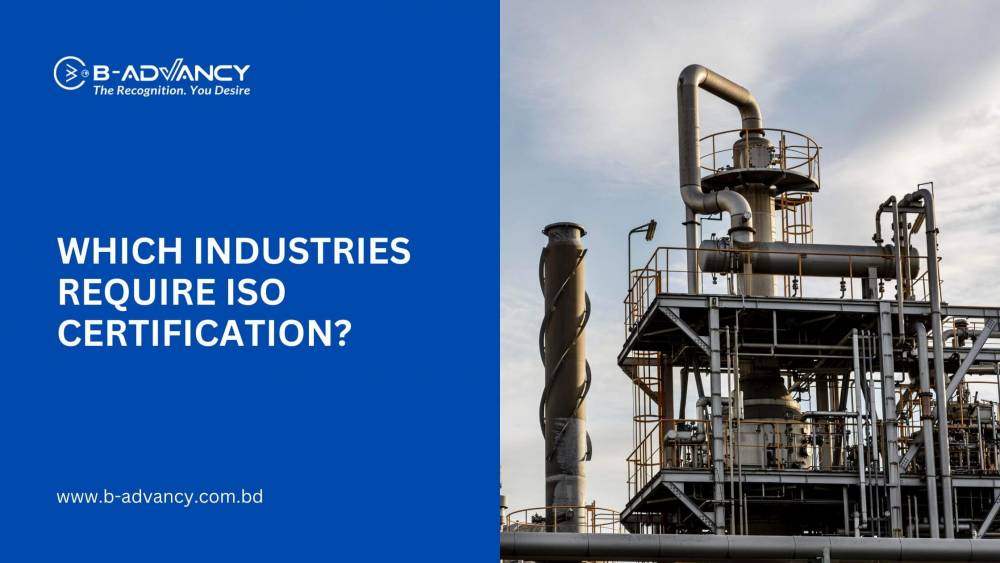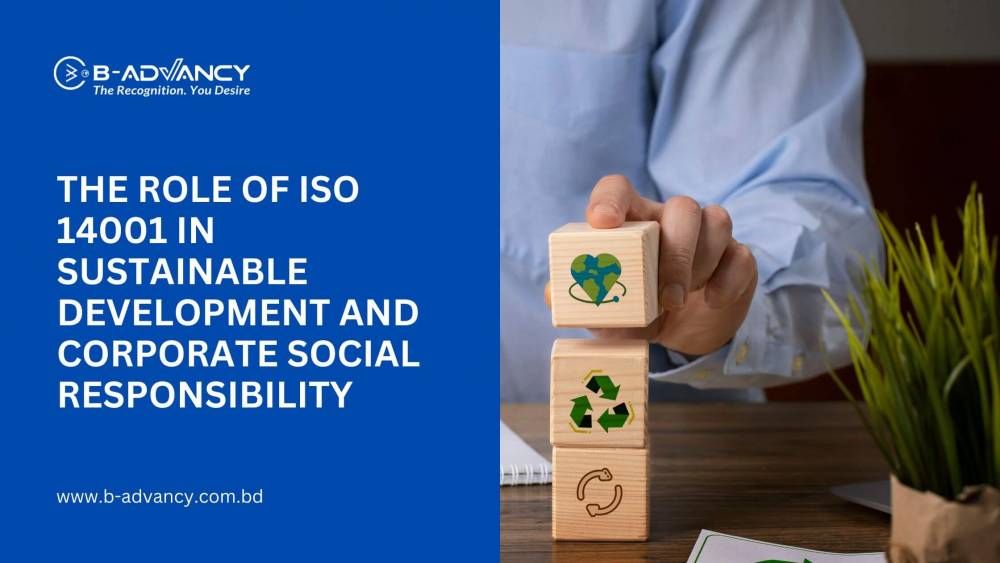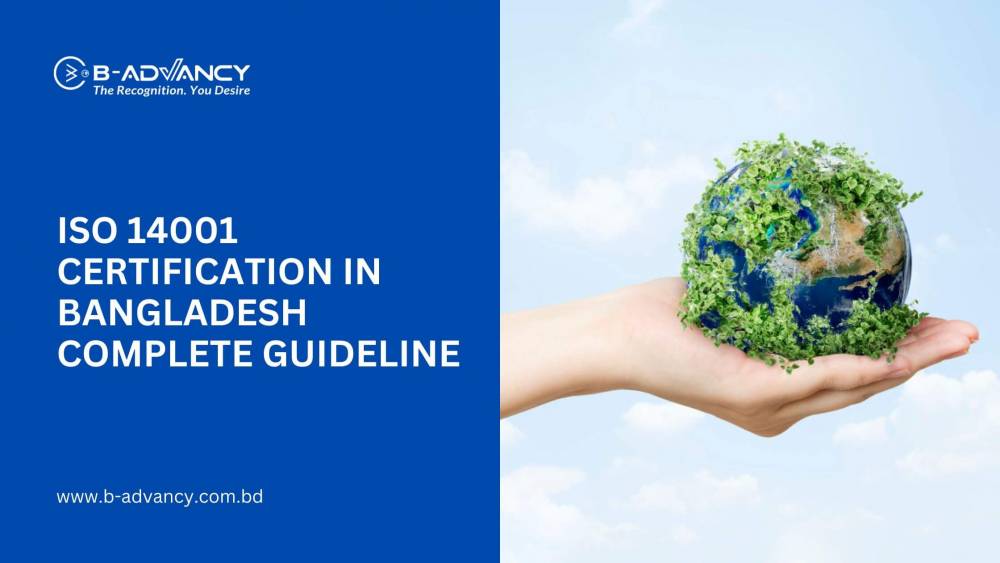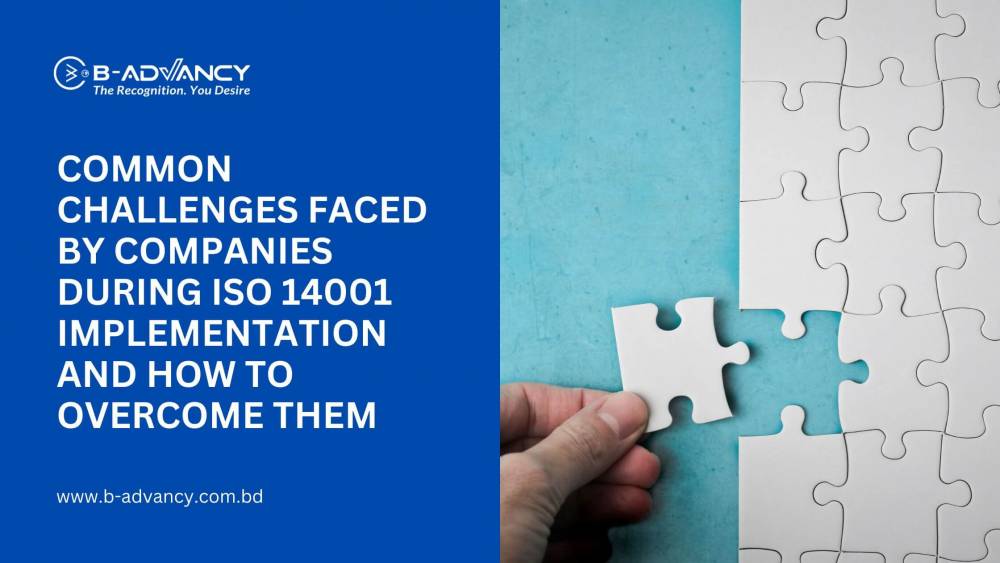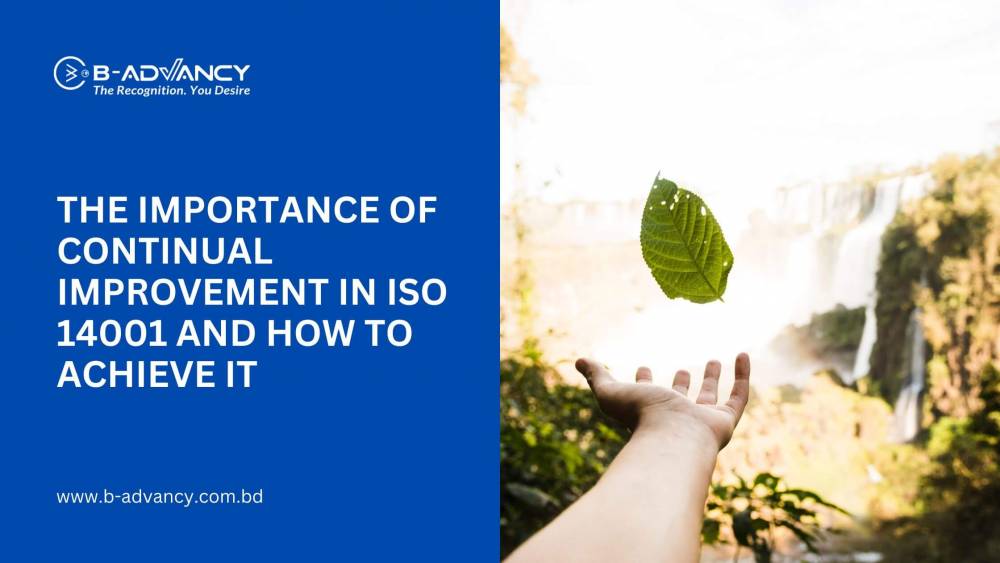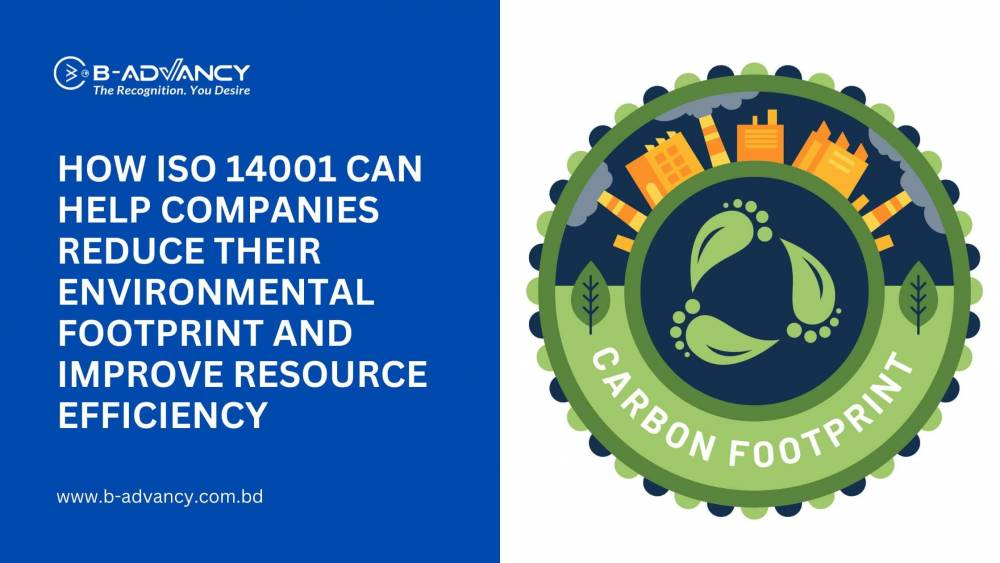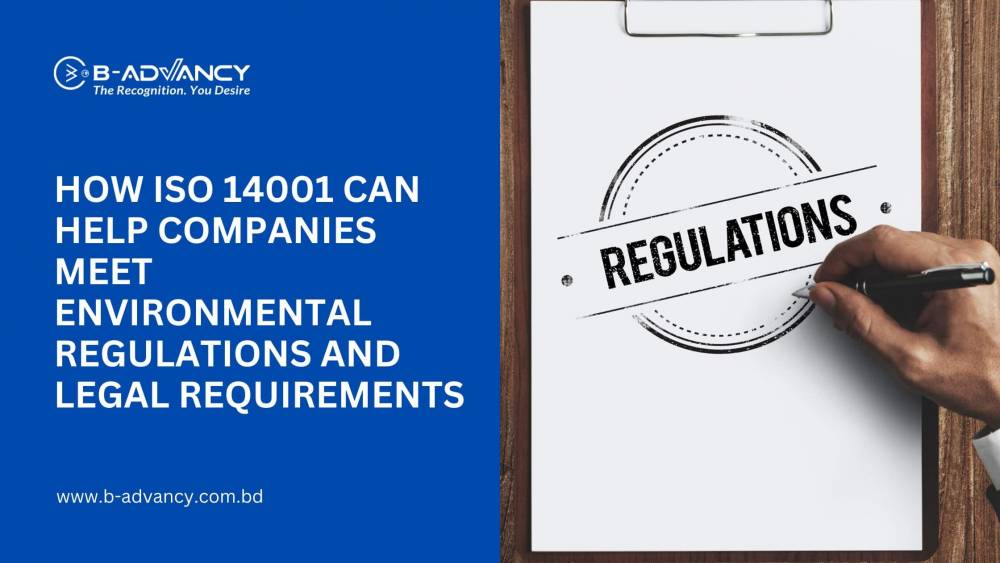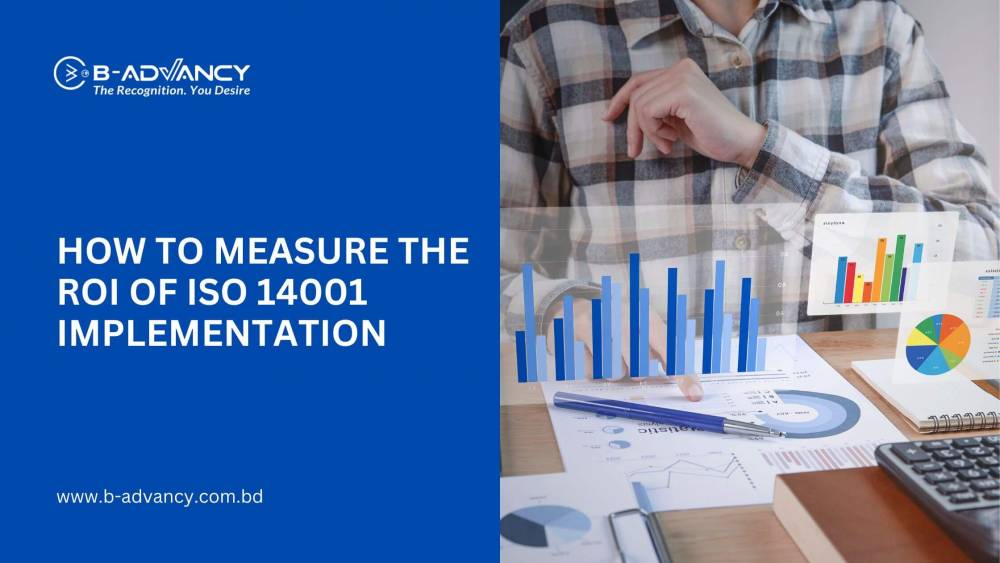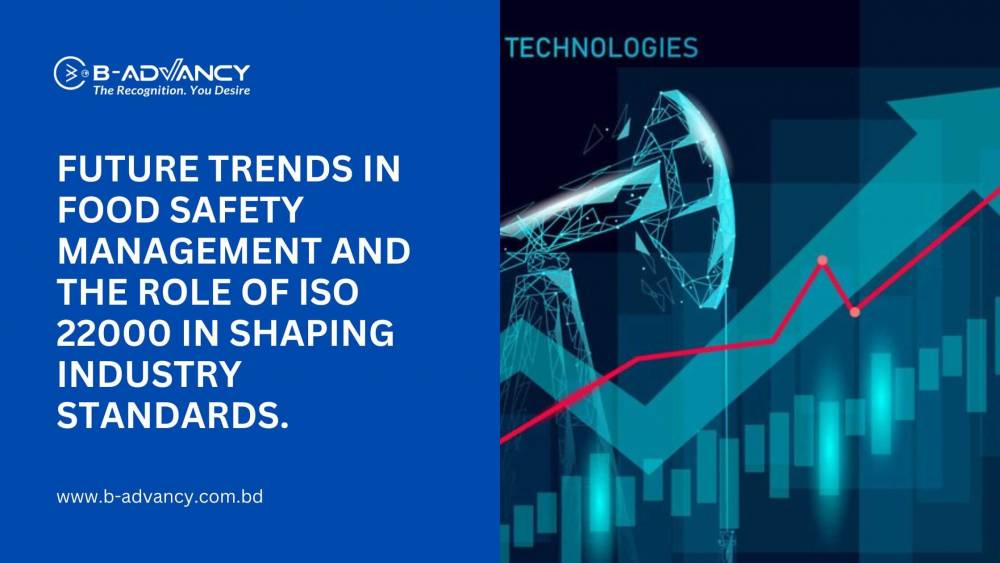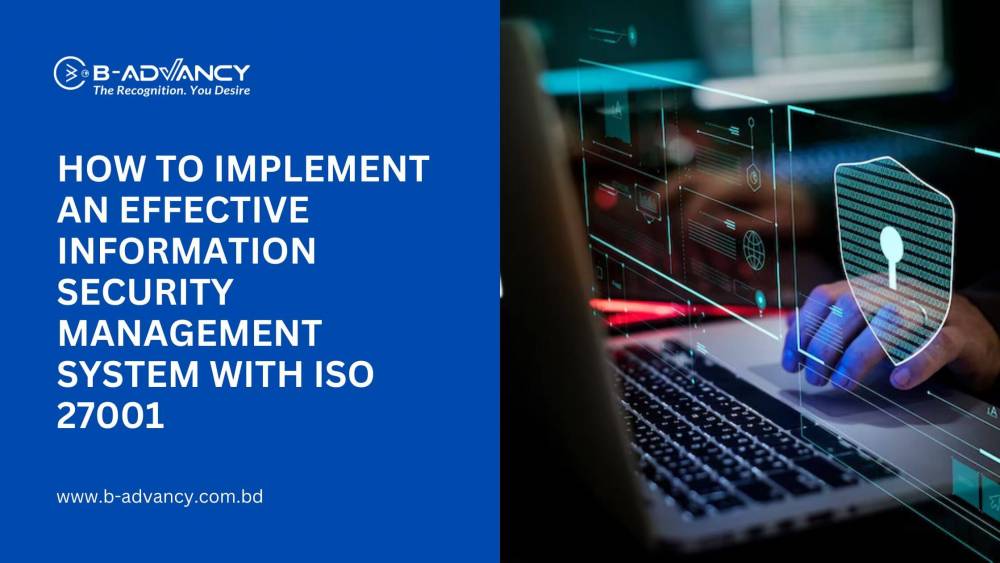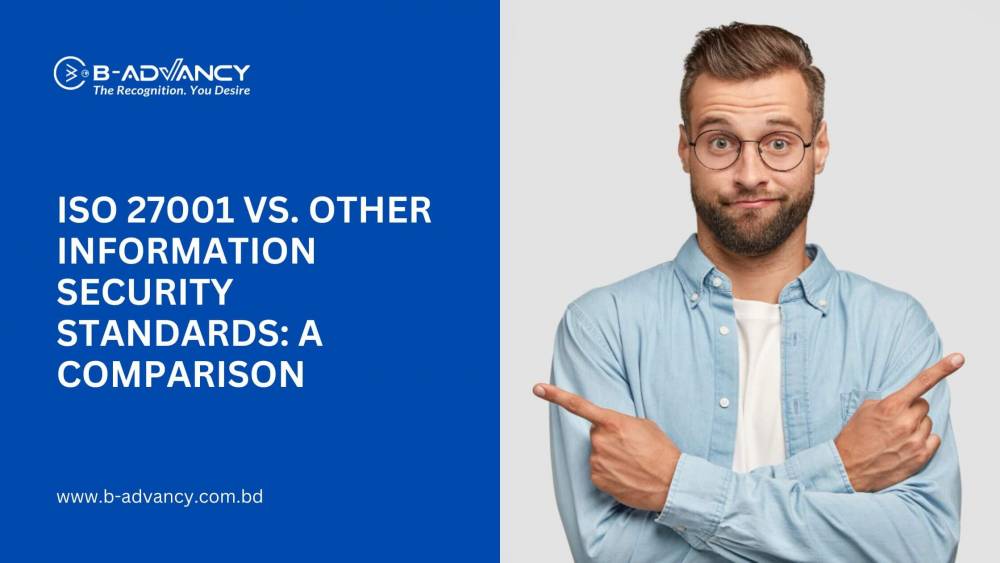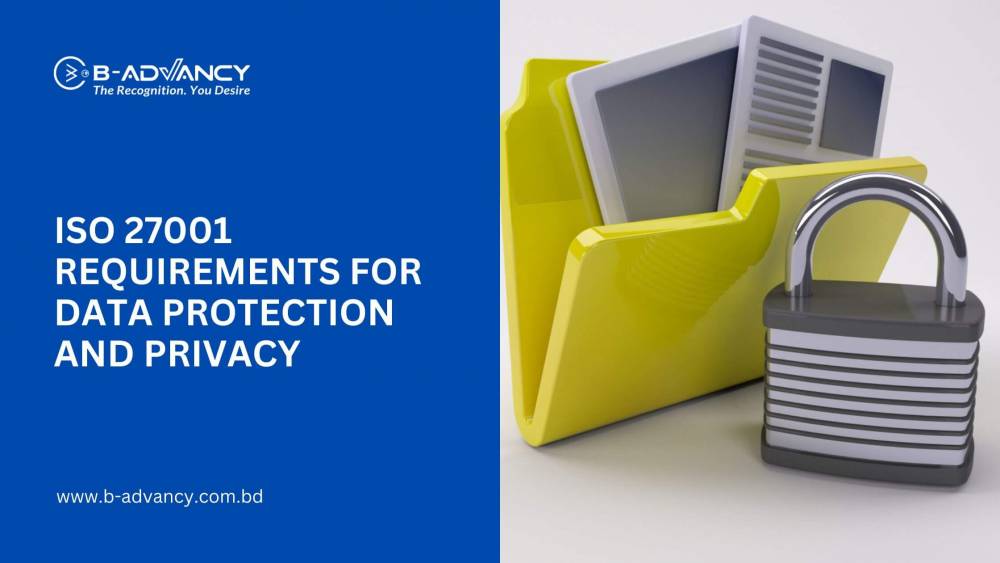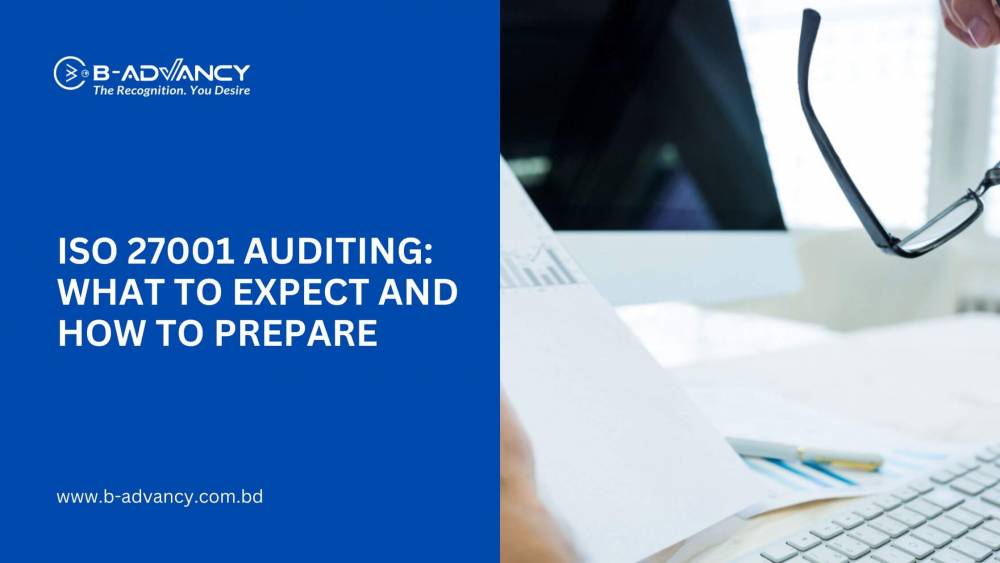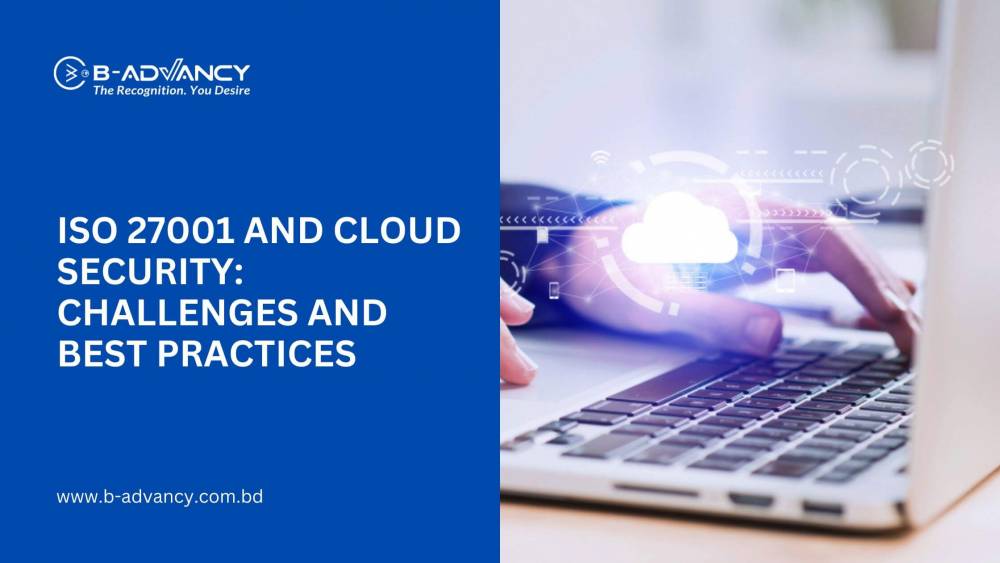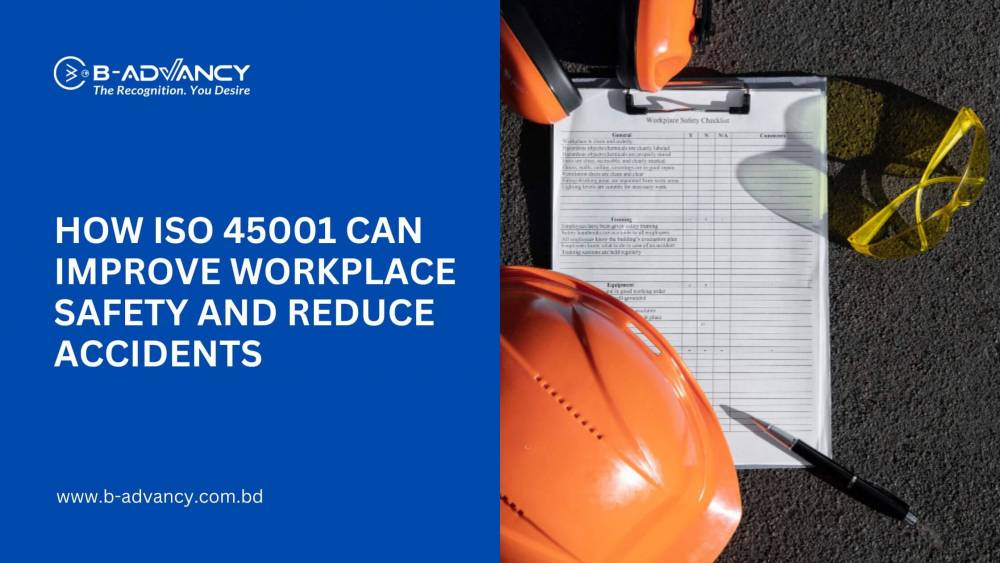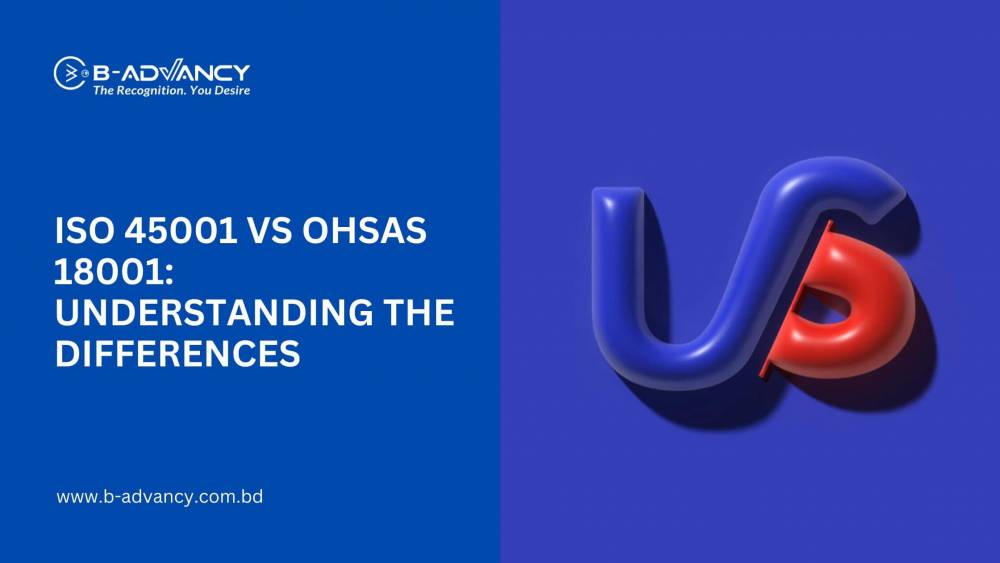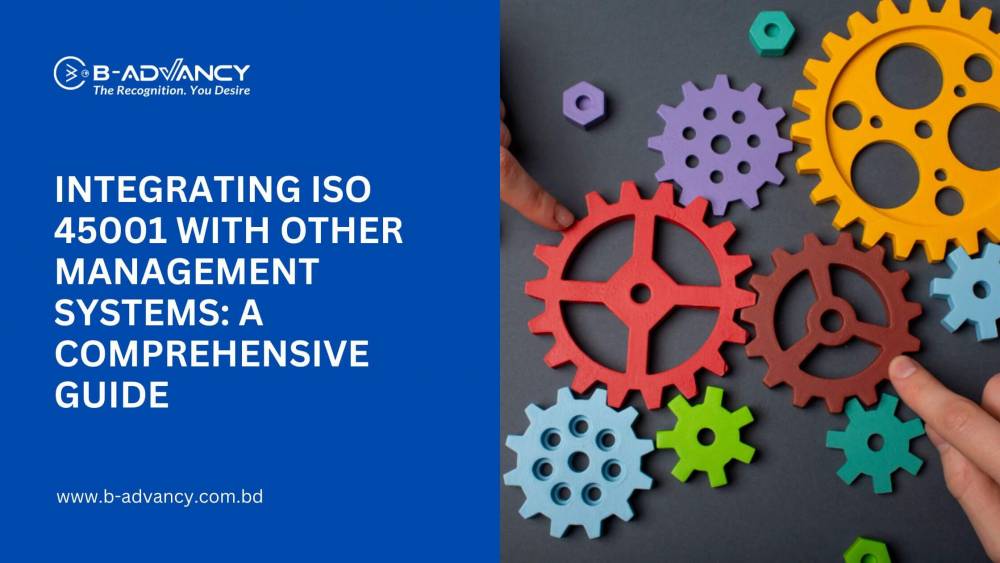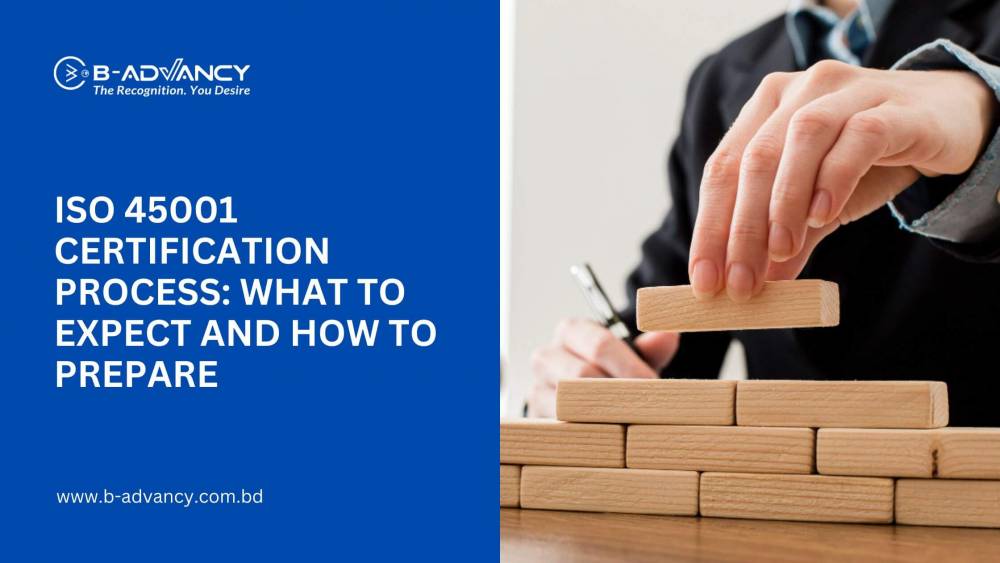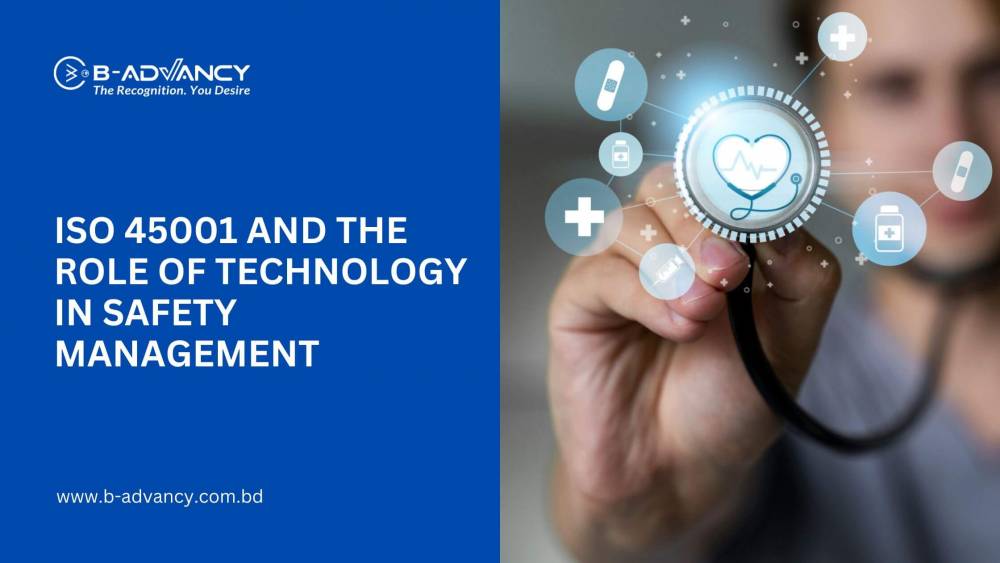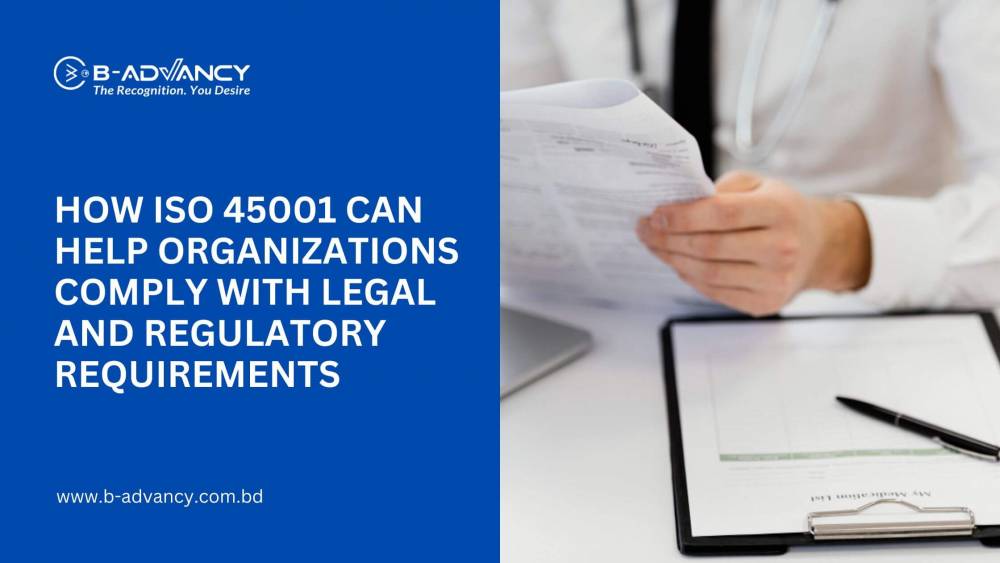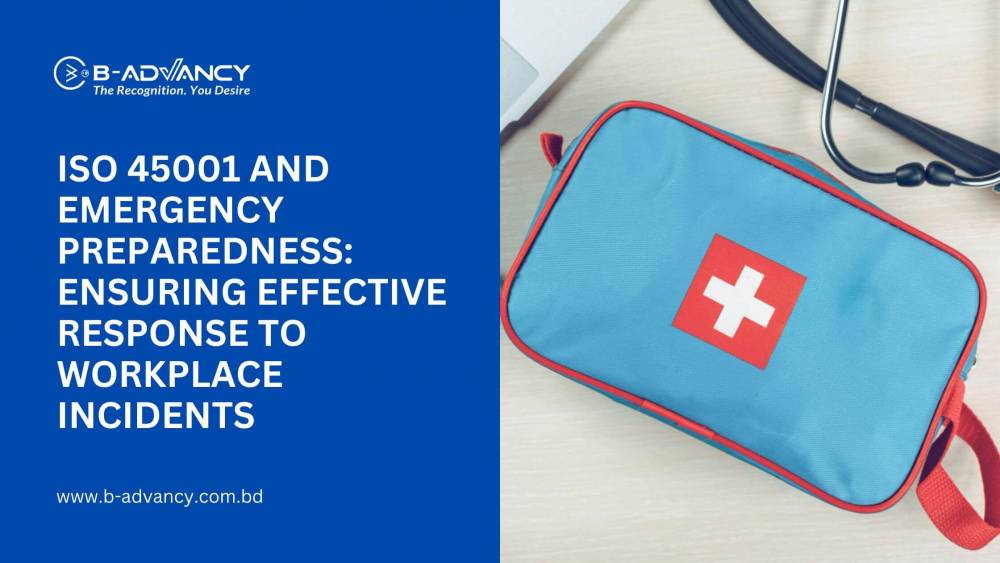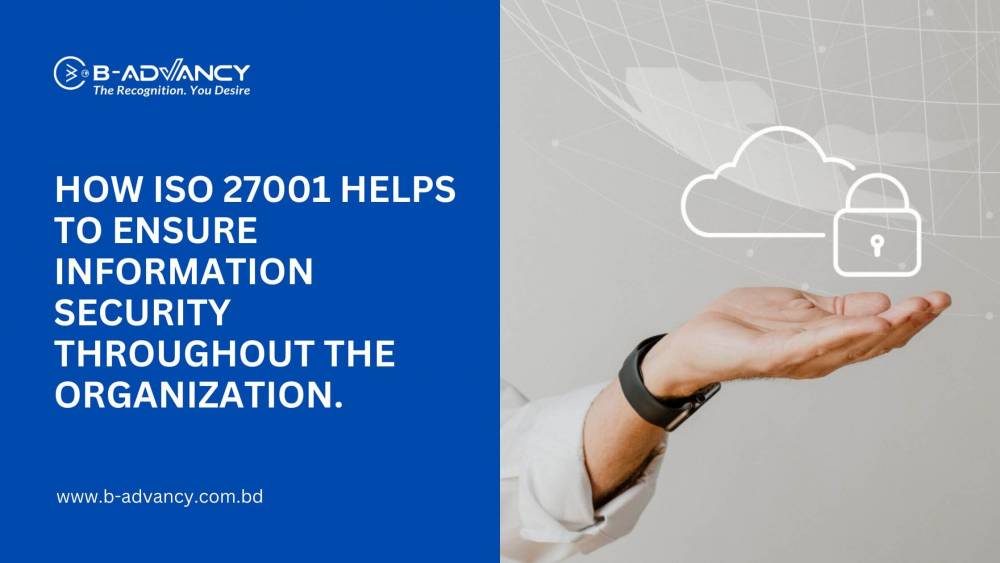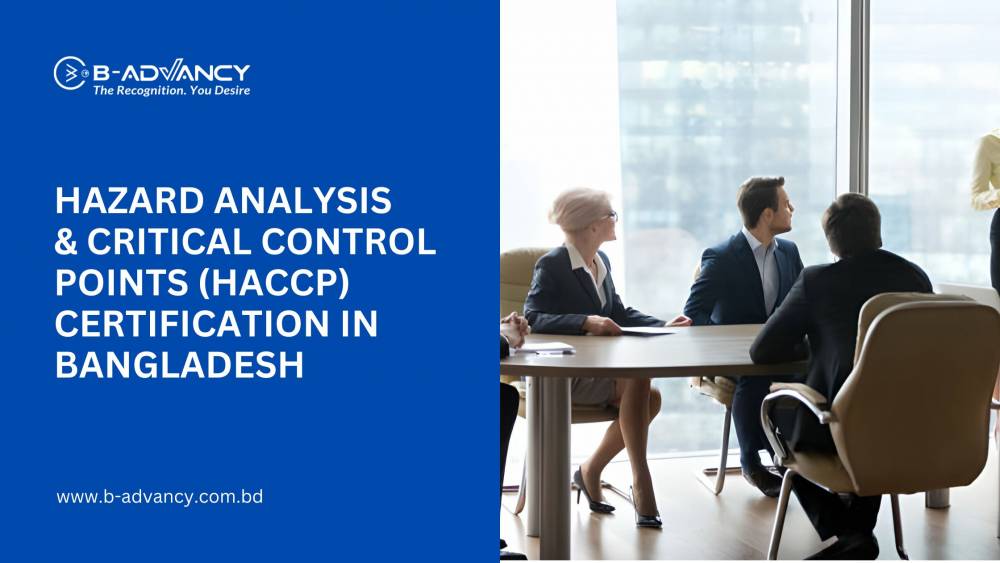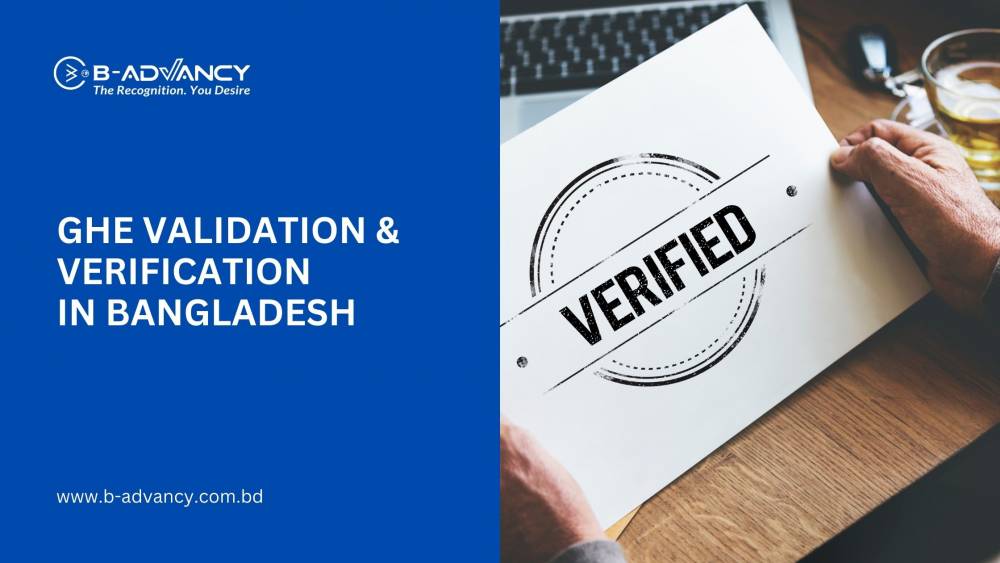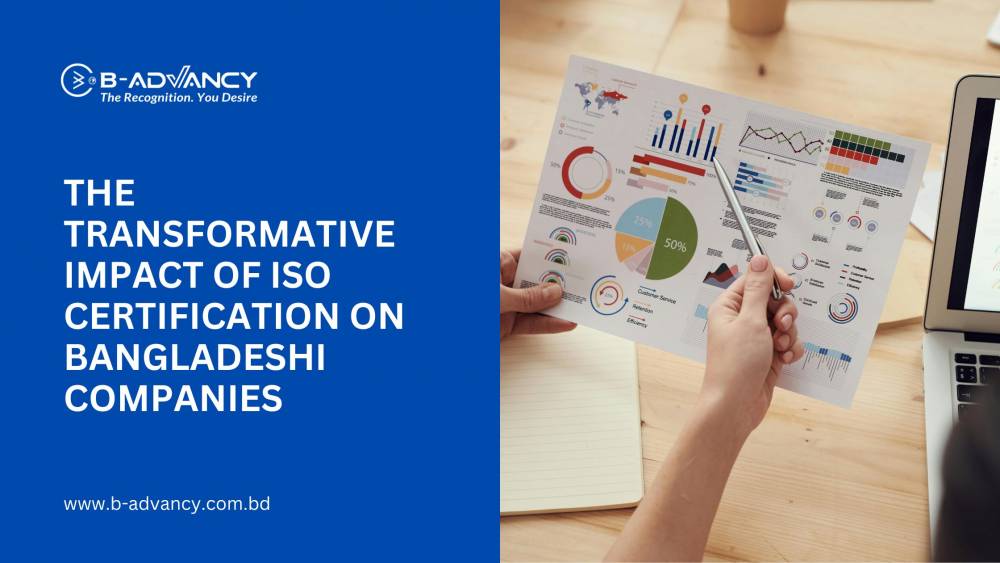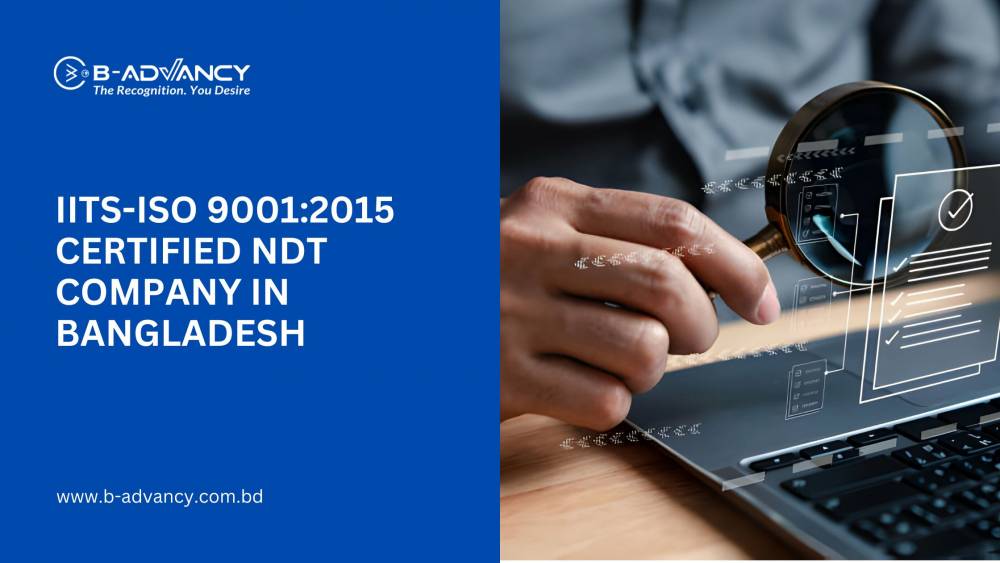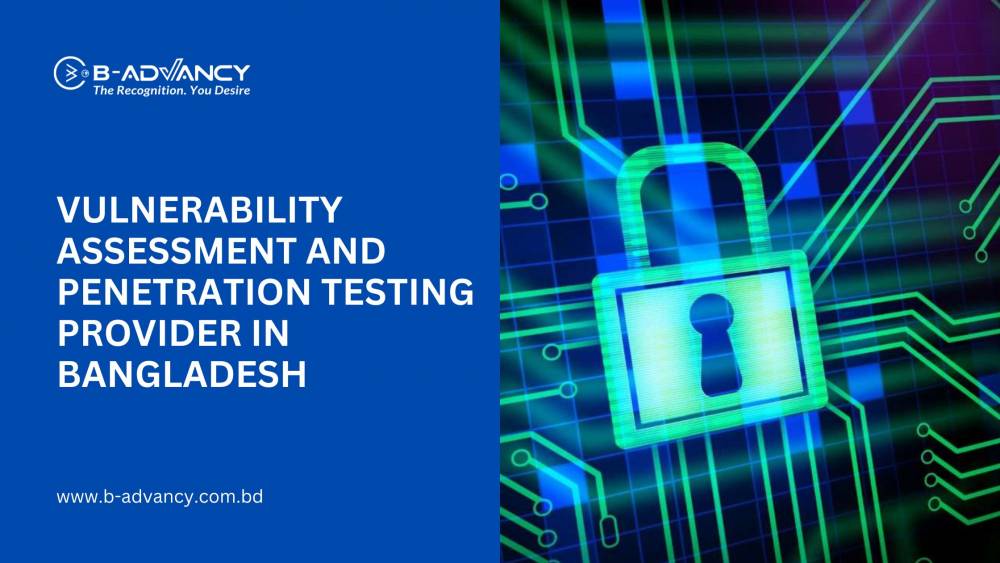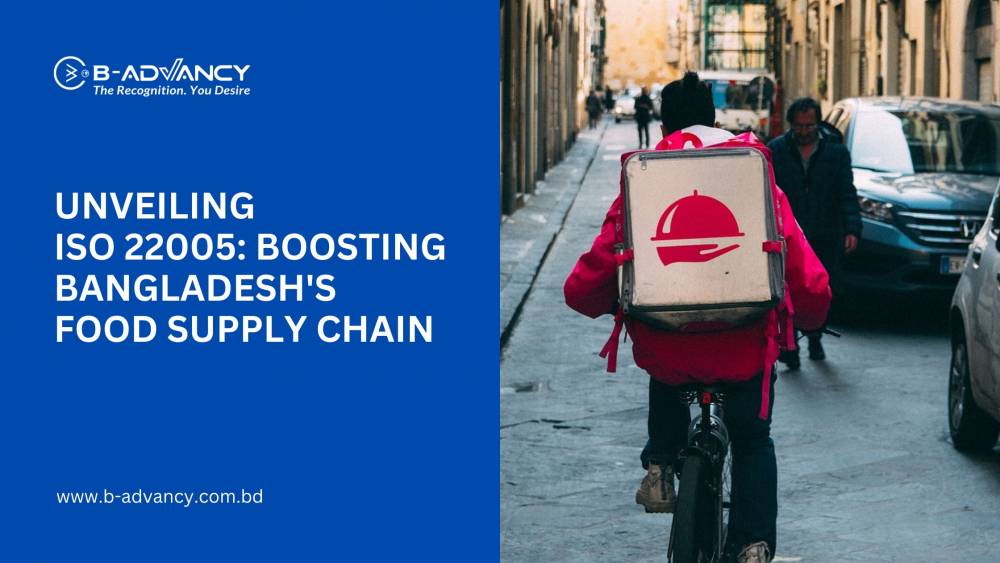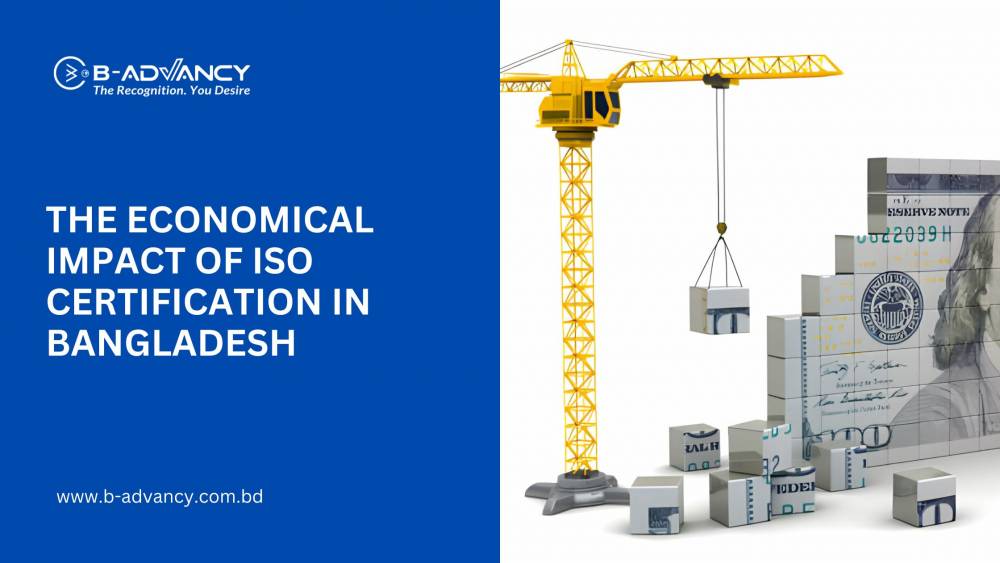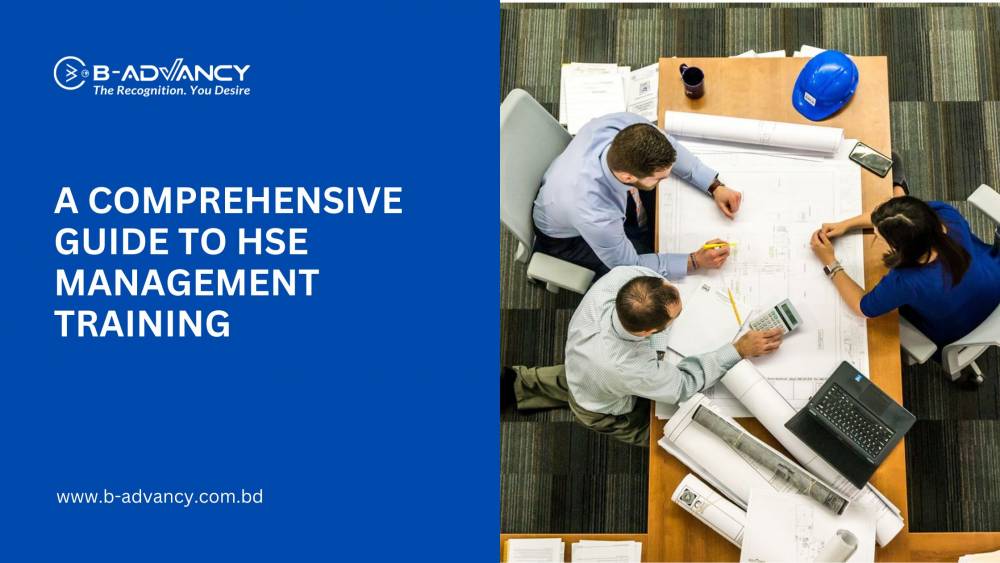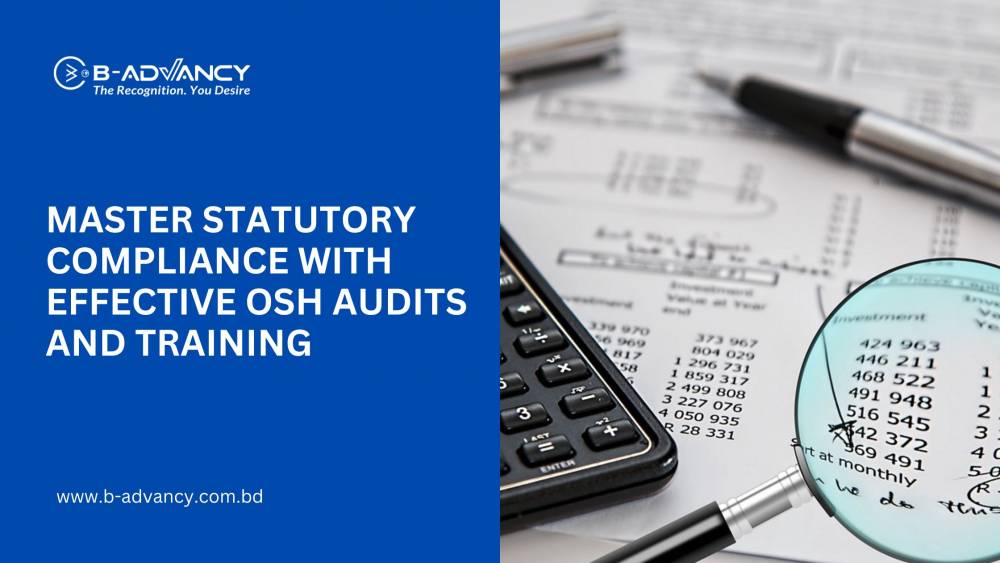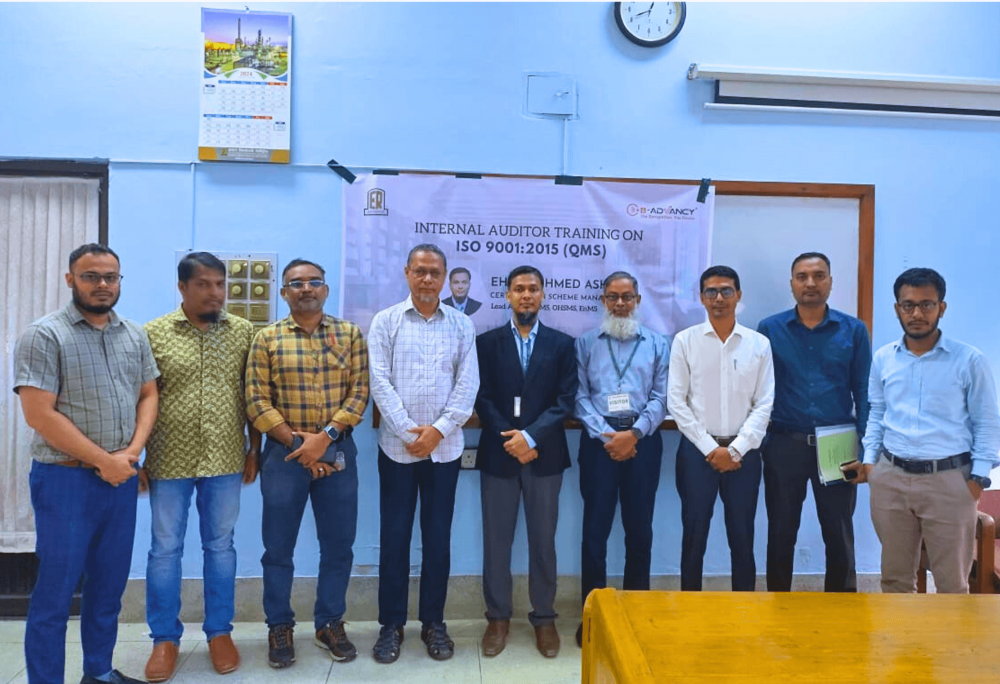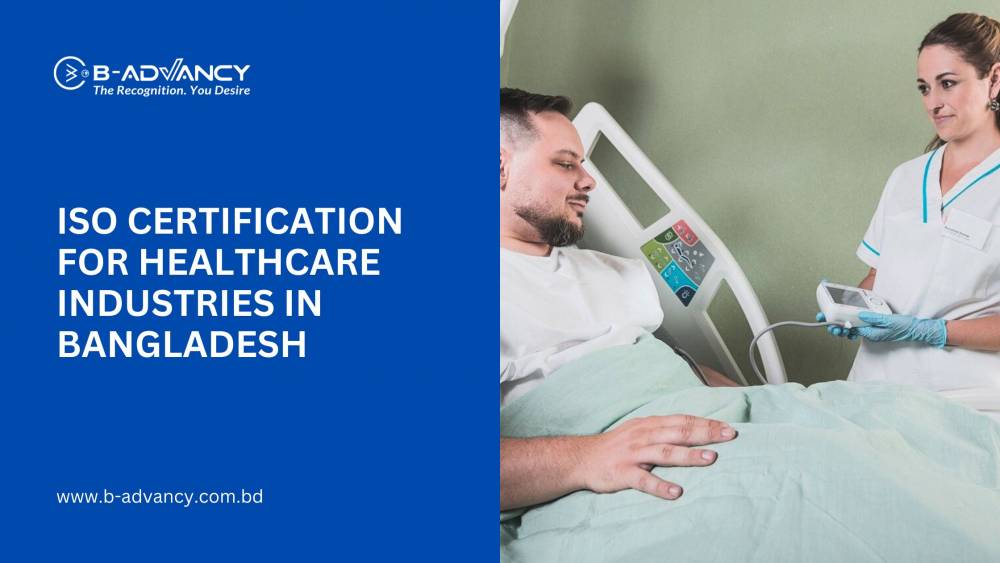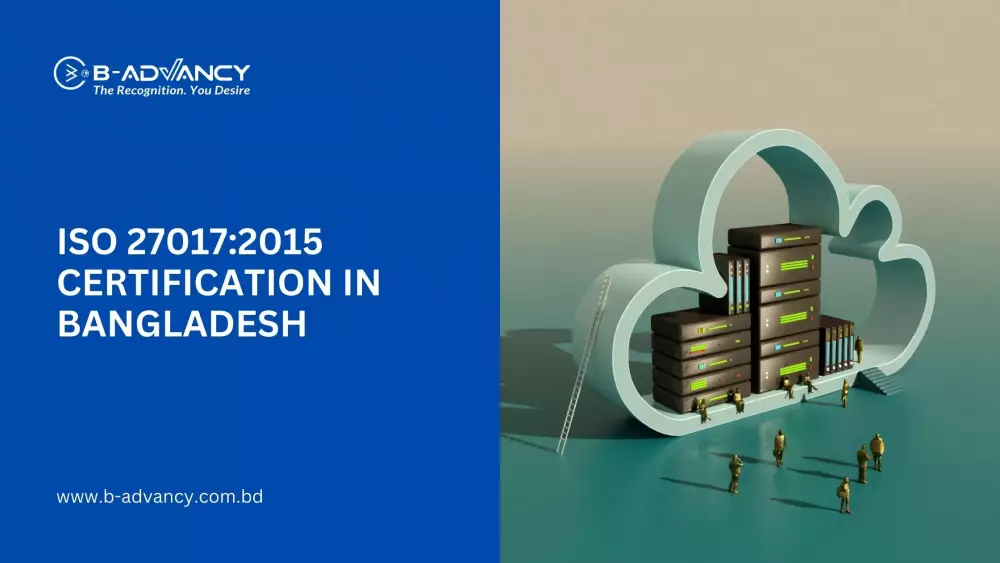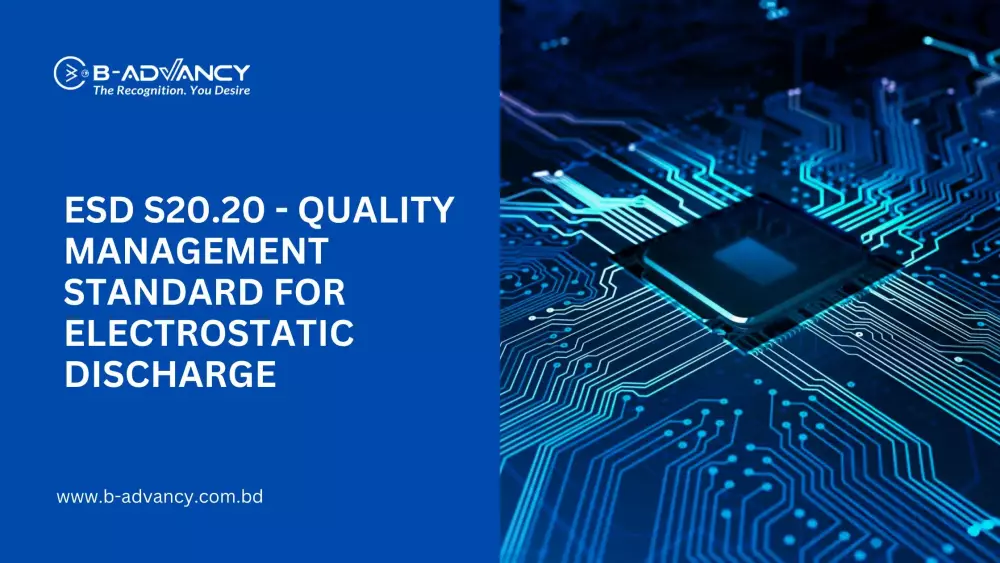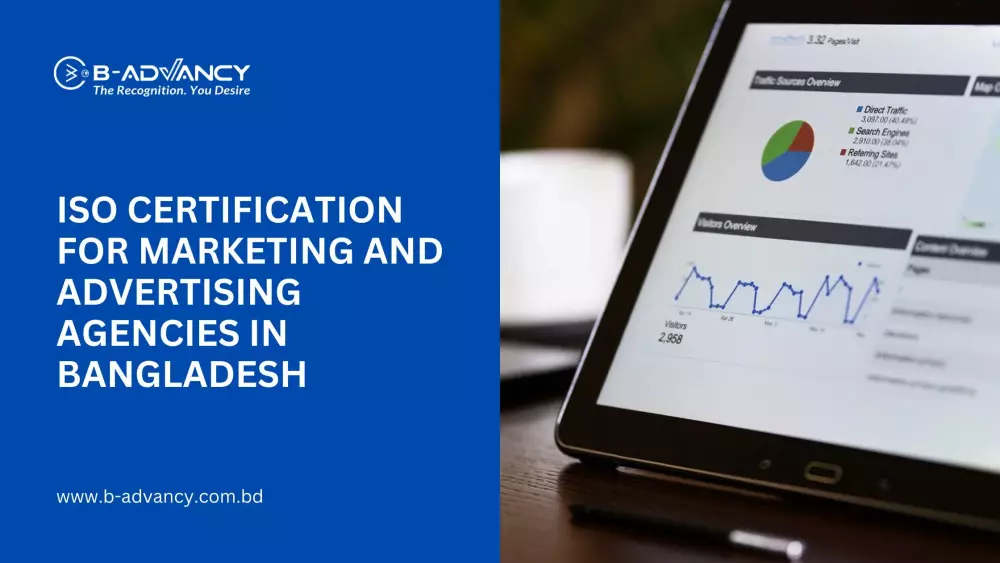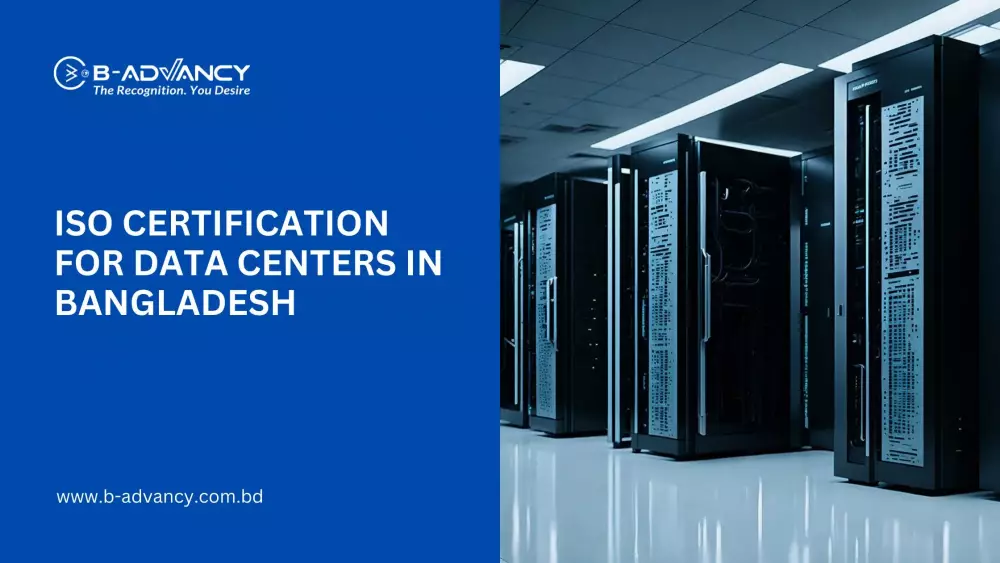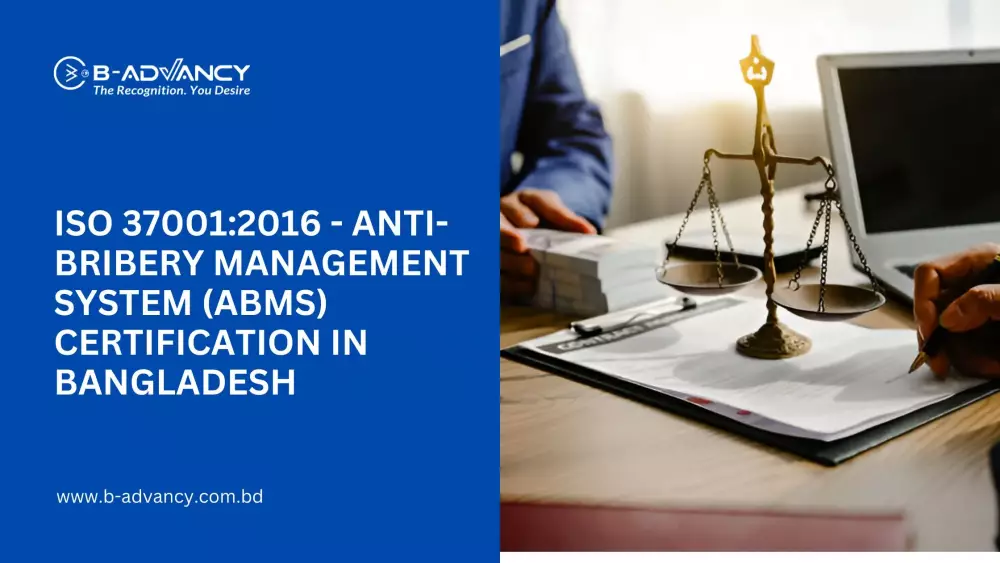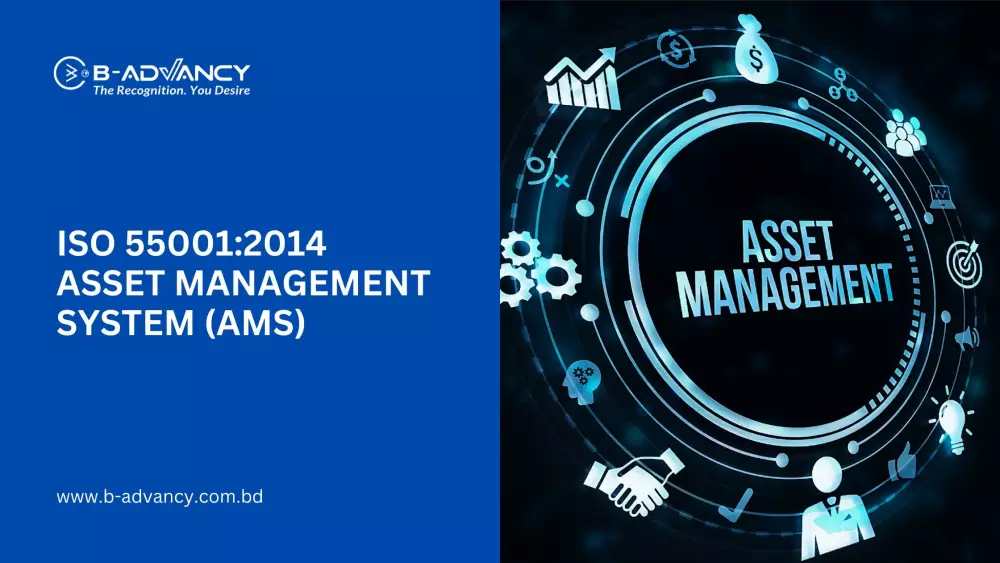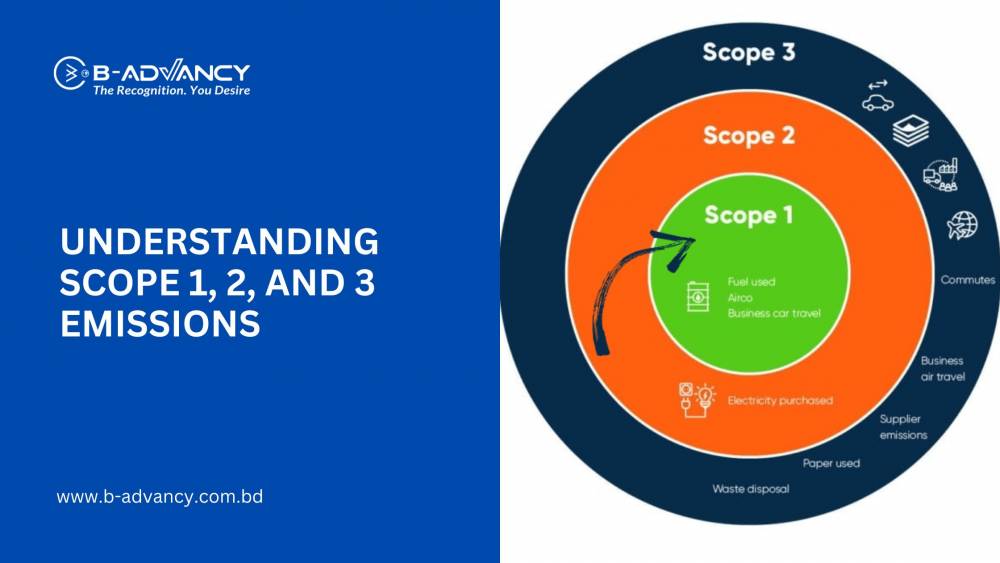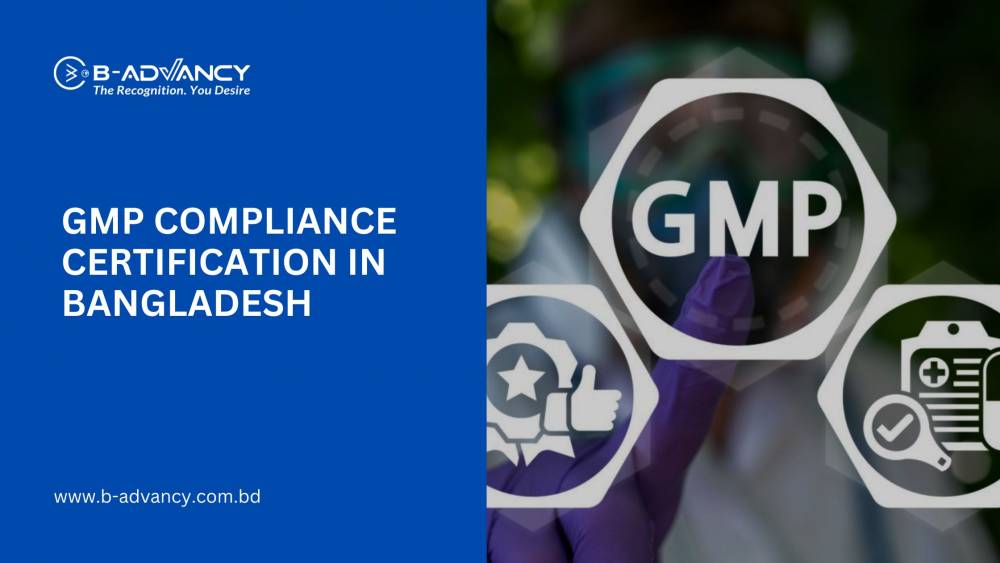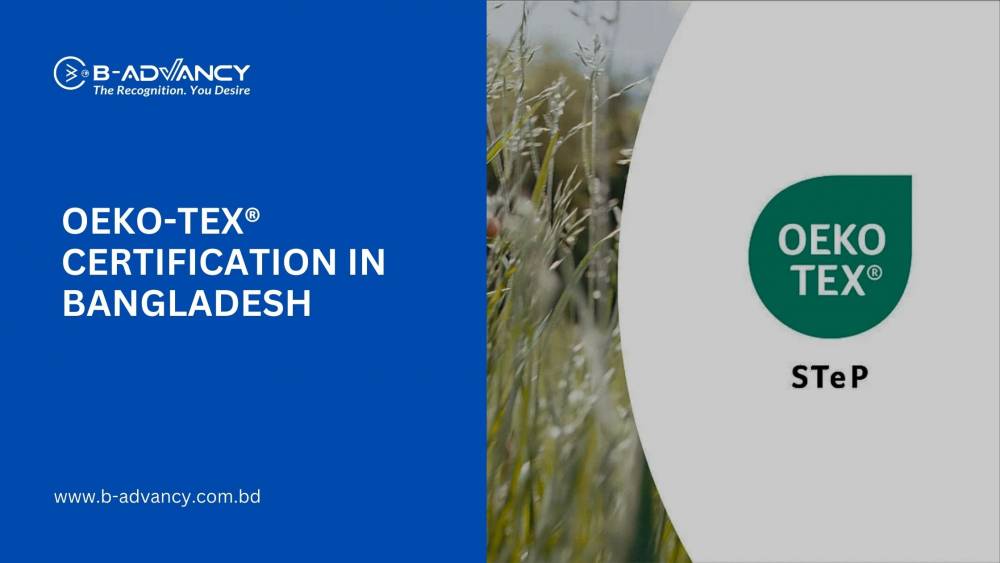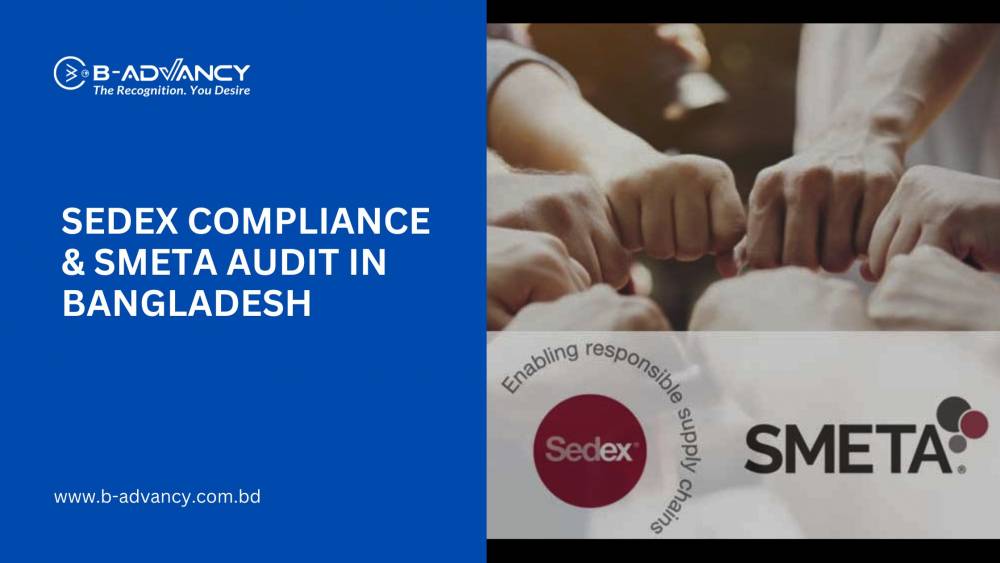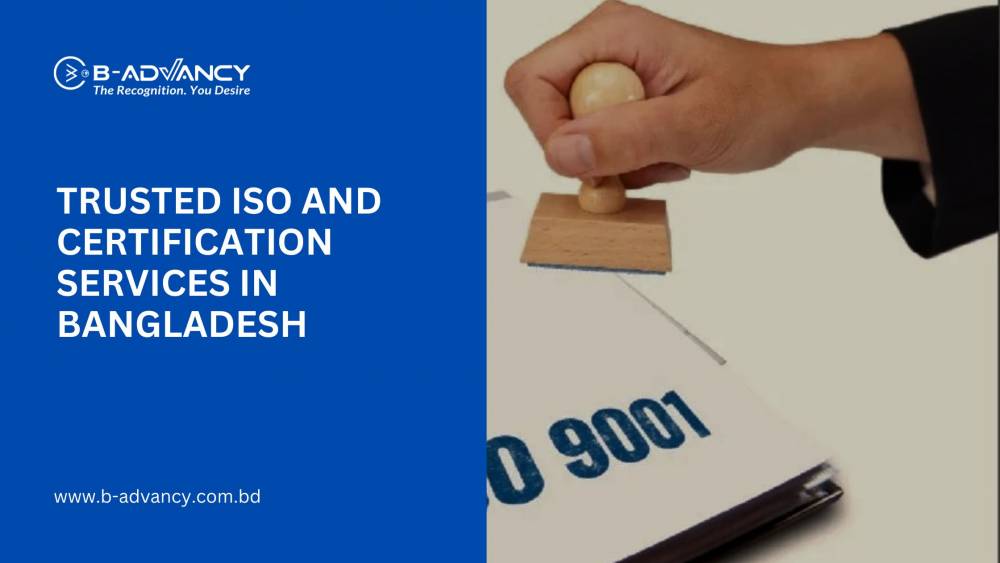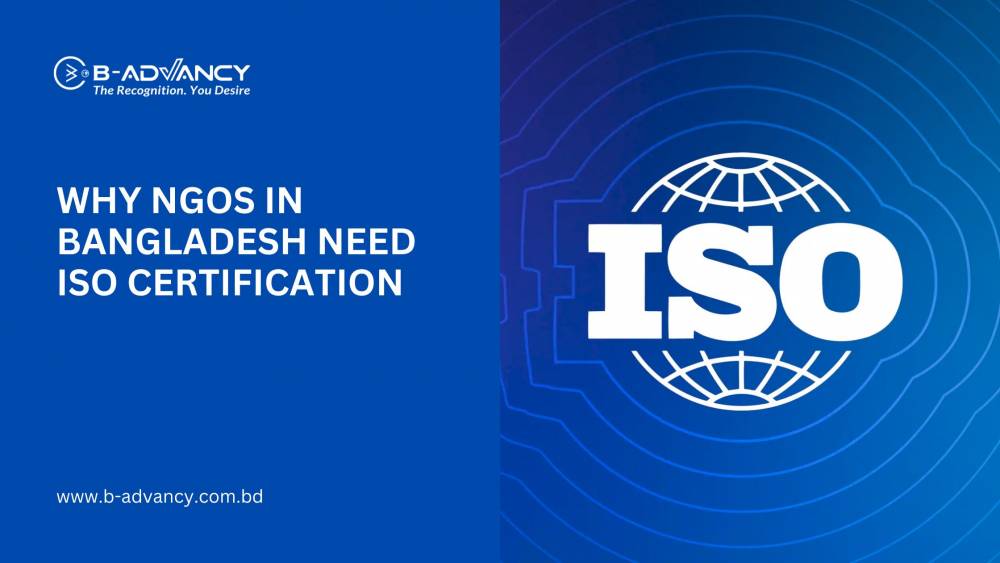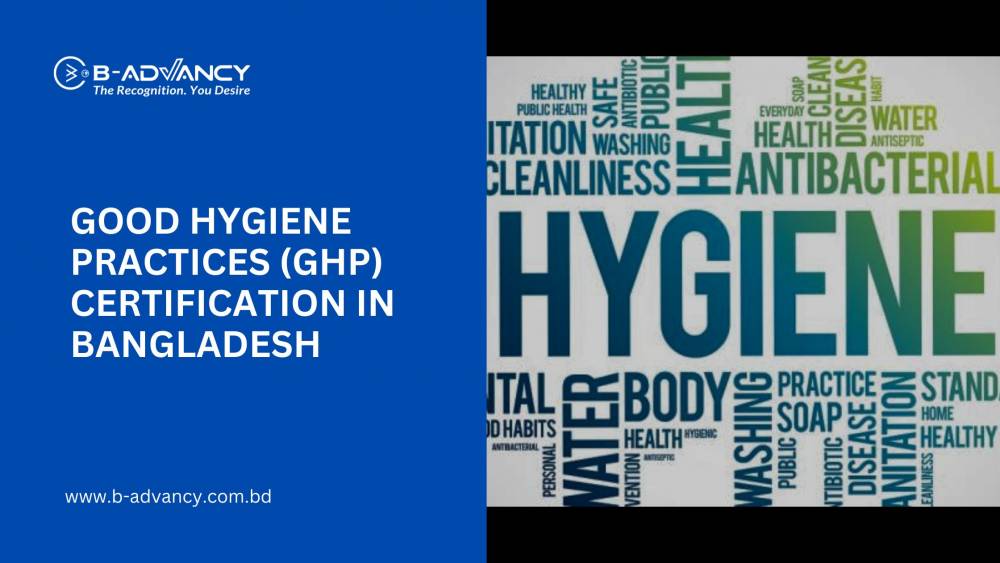As the world becomes increasingly digitized, the risk of cyber attacks and data breaches is higher than ever. In order to ensure that sensitive information is protected, organizations must implement robust security measures. One such measure is the ISO 27001 certification, which requires a thorough risk assessment process. In this blog post, we will discuss the importance of risk assessment in ISO 27001 certification, as well as best practices for conducting effective risk assessments.
What is risk assessment?
Risk assessment is the process of identifying and evaluating potential threats to an organization's assets and determining the level of risk associated with each threat. By conducting a risk assessment, organizations can better understand their security risks and implement appropriate measures to mitigate those risks.
Importance of risk assessment in ISO 27001 certification
ISO 27001 is an international standard for information security management systems (ISMS). It provides a framework for organizations to manage and protect their information assets. Risk assessment is a key component of the ISO 27001 certification process. Here are some reasons why:
Ensures compliance with ISO 27001 standard
ISO 27001 requires organizations to conduct a thorough risk assessment as part of the certification process. By conducting a risk assessment, organizations can ensure that they are meeting the requirements of the standard and are effectively managing their information security risks.
Provides an accurate understanding of security risks
Conducting a risk assessment enables organizations to identify and understand their security risks. This understanding is crucial for implementing effective security measures and protecting sensitive information.
Enables organizations to prioritize security measures
By assessing the level of risk associated with each threat, organizations can prioritize their security measures. This helps ensure that resources are allocated effectively and that the most critical security risks are addressed first.
Facilitates continuous improvement of security measures
Risk assessment is an ongoing process. By regularly reviewing and updating their risk assessments, organizations can identify new threats and vulnerabilities and continuously improve their security measures.
Steps involved in risk assessment
While the risk assessment process may vary depending on the organization, there are some general steps that should be followed:
Identify assets and threats
The first step in conducting a risk assessment is to identify the assets that need to be protected and the potential threats to those assets.
Evaluate vulnerabilities
Once potential threats have been identified, organizations should evaluate the vulnerabilities of their assets. This involves assessing how easily the asset could be compromised and the potential impact of a compromise.
Assess the impact and likelihood of risks
Organizations should then assess the potential impact and likelihood of each risk. This involves considering the potential consequences of a security breach and the likelihood of that breach occurring.
Determine risk levels
By combining the likelihood and impact of each risk, organizations can determine the level of risk associated with each threat.
Develop risk treatment plan
Finally, organizations should develop a risk treatment plan that outlines the measures that will be taken to mitigate each risk.
Challenges in risk assessment
While risk assessment is a crucial part of the ISO 27001 certification process, there are some challenges that organizations may face:
Lack of expertise
Conducting a risk assessment requires specialized knowledge and expertise. Organizations may struggle to find employees with the necessary skills to conduct an effective risk assessment.
Limited resources
Risk assessments can be time-consuming and resource-intensive. Organizations may struggle to allocate the necessary resources to conduct a thorough risk assessment.
Difficulty in identifying all assets and threats
It can be challenging for organizations to identify all of the assets that need to be protected and all of the potential threats to those assets.
Resistance to change
Implementing new security measures can be met with resistance from employees who may be resistant to change or who may not understand the importance of the measures being implemented.
Best practices for risk assessment
To overcome these challenges and conduct effective risk assessments, organizations can follow these best practices:
Involve stakeholders
It's important to involve stakeholders from across the organization in the risk assessment process. This can help ensure that all assets and potential threats are identified and that all stakeholders have a clear understanding of the risks involved.
Use a risk management framework
Organizations should use a risk management framework to guide the risk assessment process. This can help ensure that all necessary steps are taken and that the assessment is conducted in a consistent and structured manner.
Regularly review and update risk assessment
Risk assessment is an ongoing process. Organizations should regularly review and update their risk assessments to ensure that they are up-to-date and accurately reflect the organization's current security risks.
Implement risk treatment plan
Once the risk assessment is complete, organizations should implement the risk treatment plan. This may involve implementing new security measures, updating existing measures, or implementing training programs for employees.
Real-world examples of the importance of risk assessment
The importance of risk assessment can be seen in real-world examples. For example, in 2017, Equifax suffered a massive data breach that exposed the personal information of over 143 million people. The breach was the result of a vulnerability in the company's web application software. Had Equifax conducted a thorough risk assessment and identified this vulnerability, they may have been able to prevent the breach from occurring.
In another example, in 2020, the FBI and the Cybersecurity and Infrastructure Security Agency (CISA) issued a warning about an increase in ransomware attacks targeting the healthcare sector. These attacks have the potential to disrupt patient care and compromise sensitive patient information. By conducting a thorough risk assessment, healthcare organizations can identify vulnerabilities and implement appropriate security measures to prevent these attacks from occurring.
Conclusion
In conclusion, risk assessment is a crucial part of the ISO 27001 certification process and a key component of effective information security management. By conducting a thorough risk assessment, organizations can identify and understand their security risks, prioritize security measures, and continuously improve their security posture. While there are challenges associated with conducting risk assessments, organizations can follow best practices to overcome these challenges and implement an effective risk assessment process.

